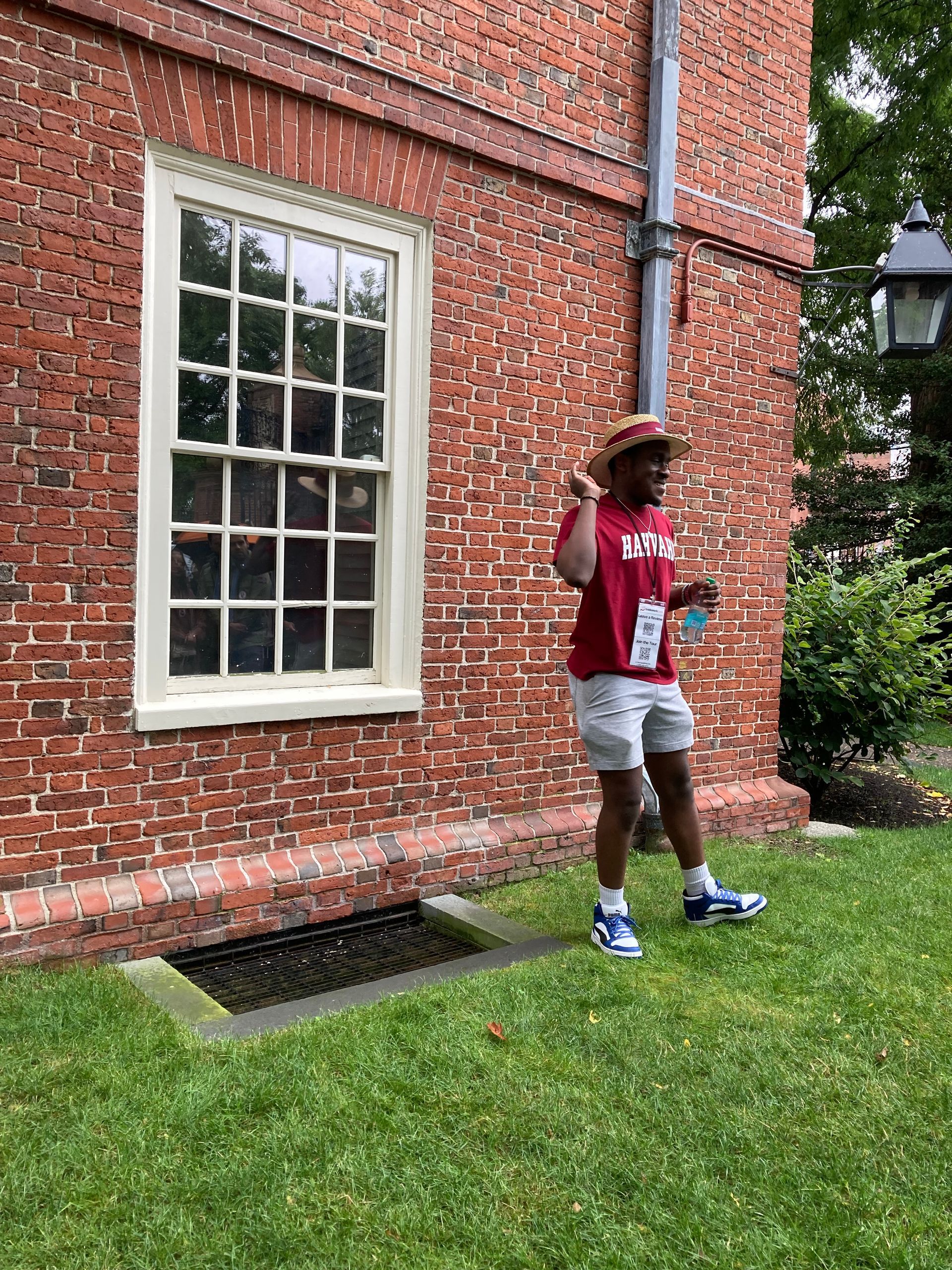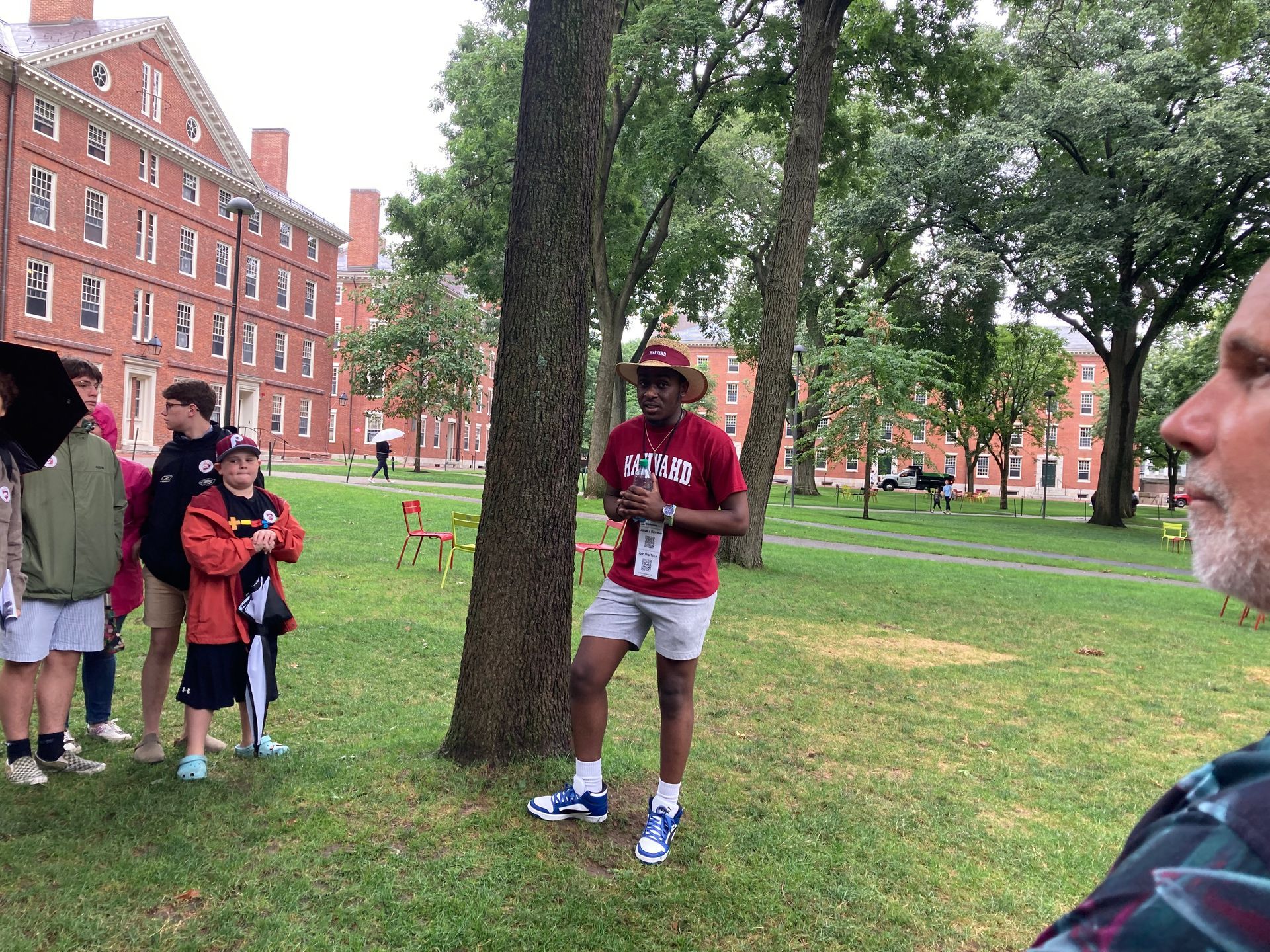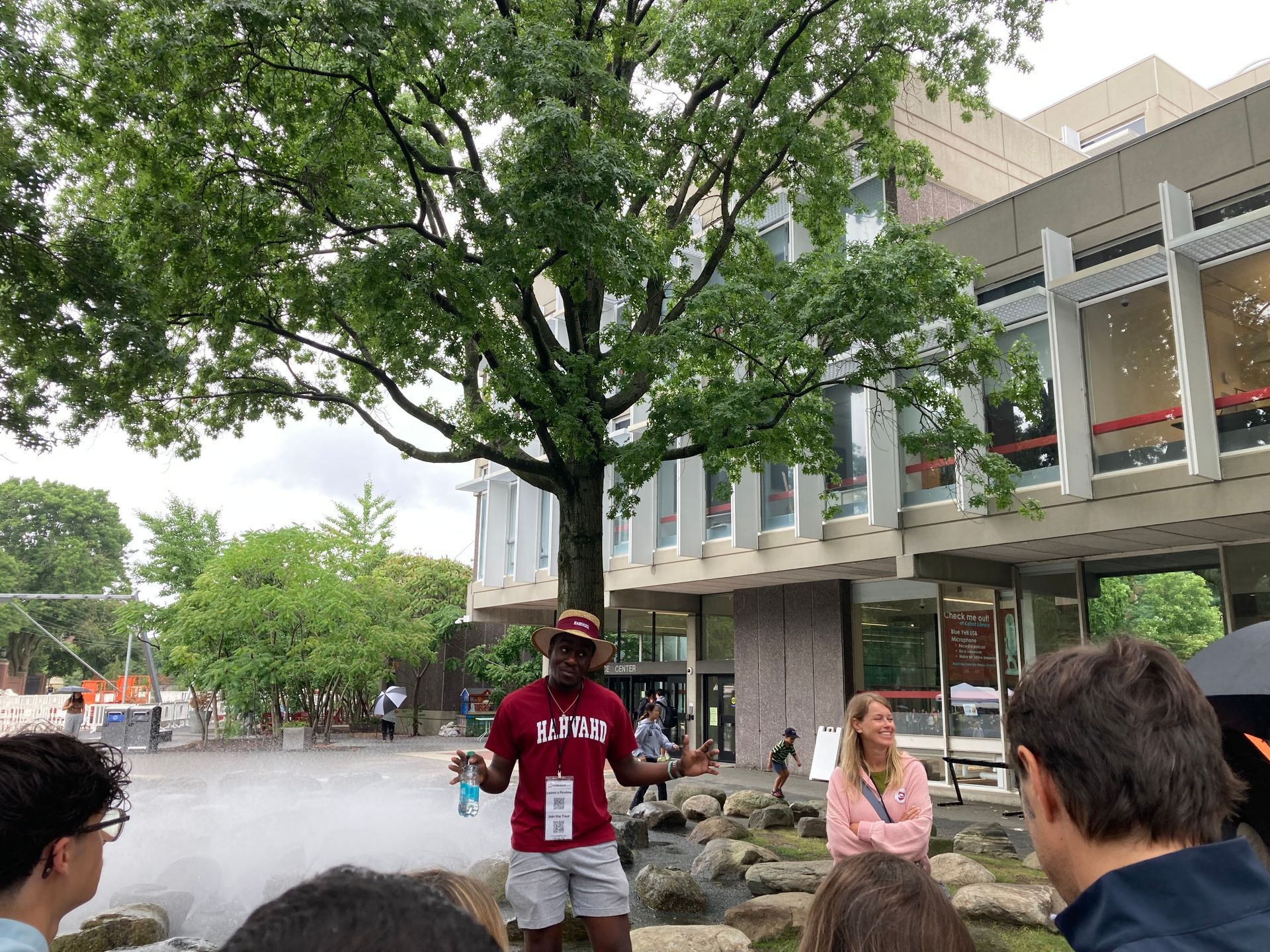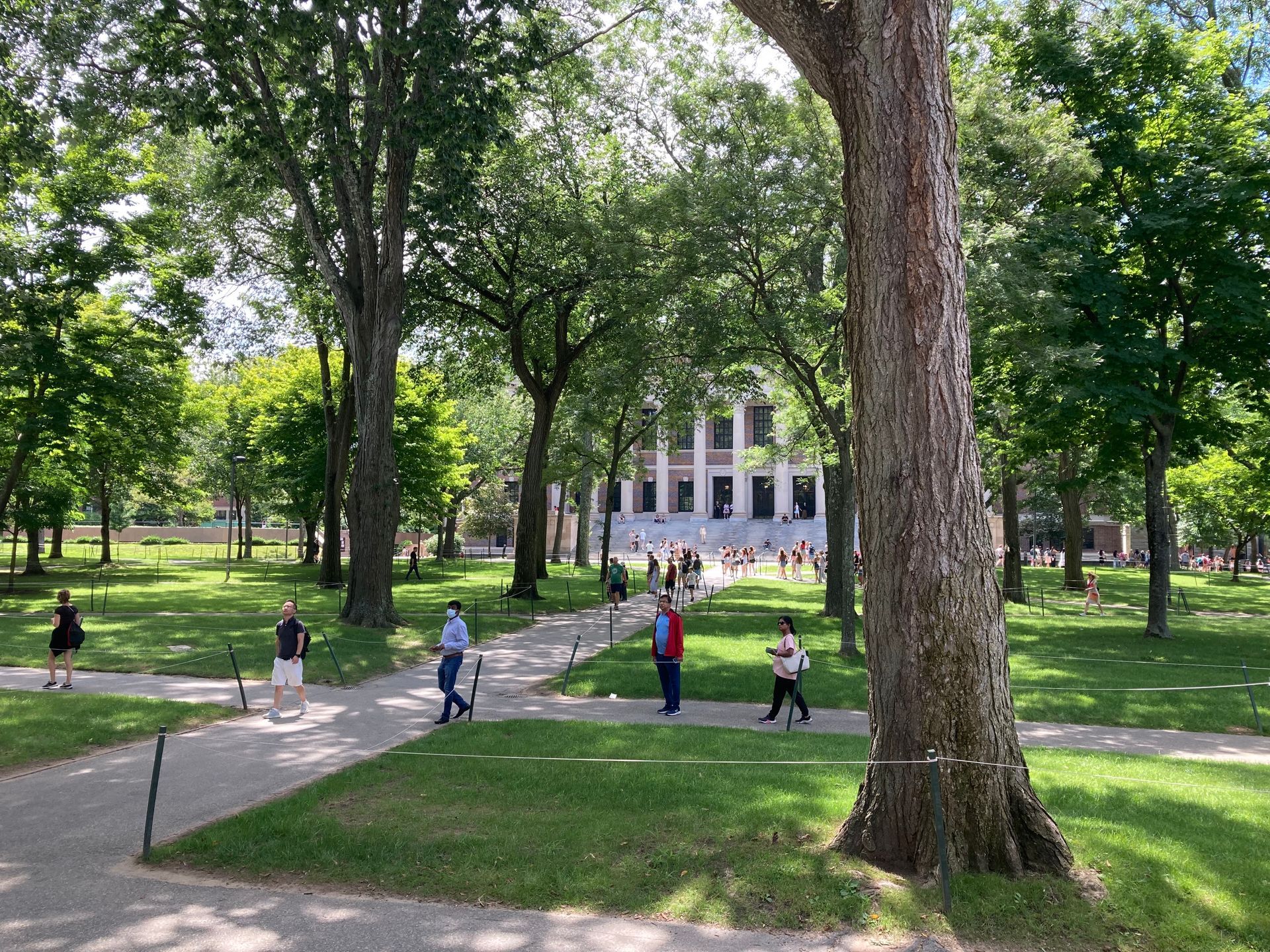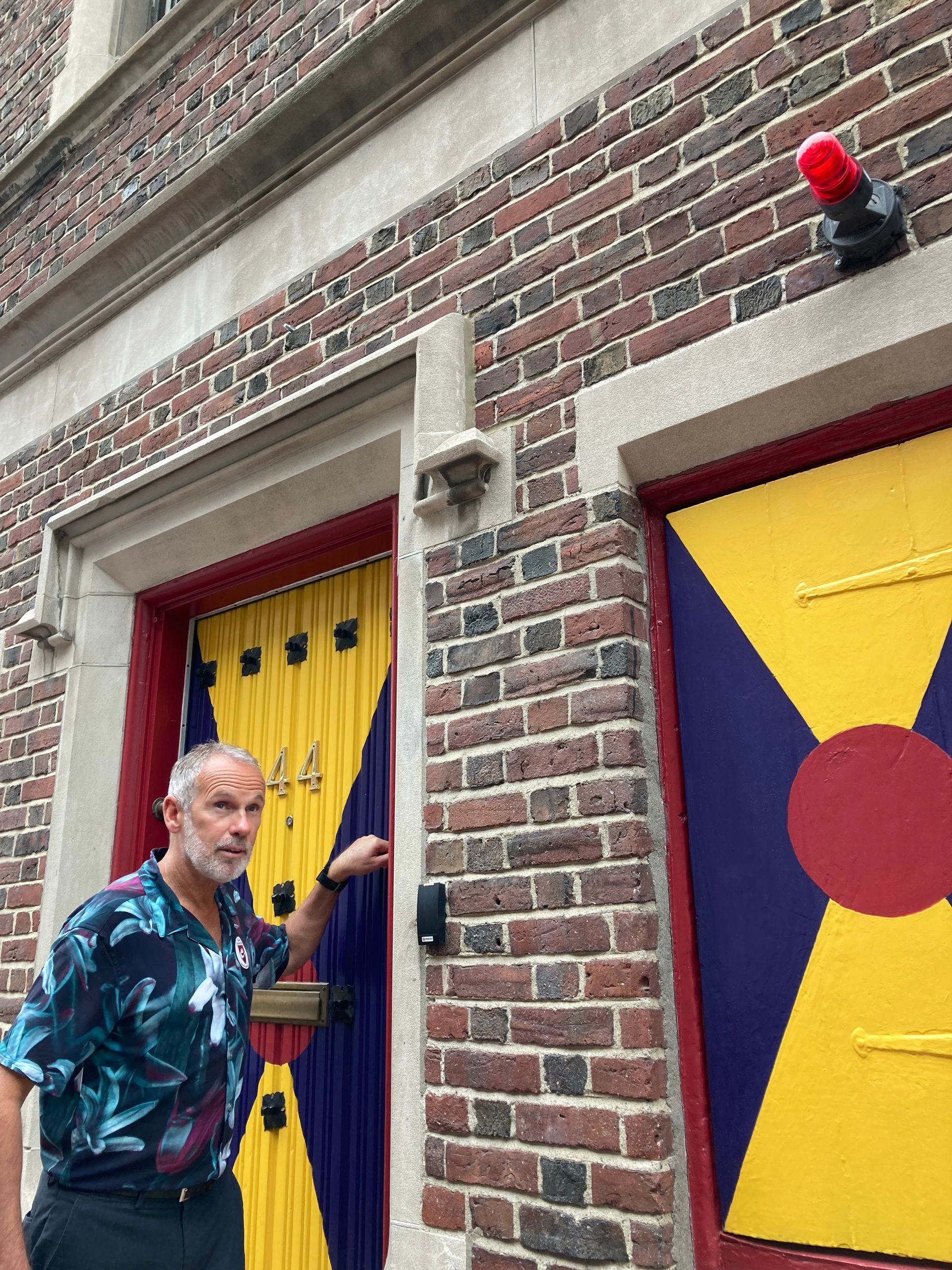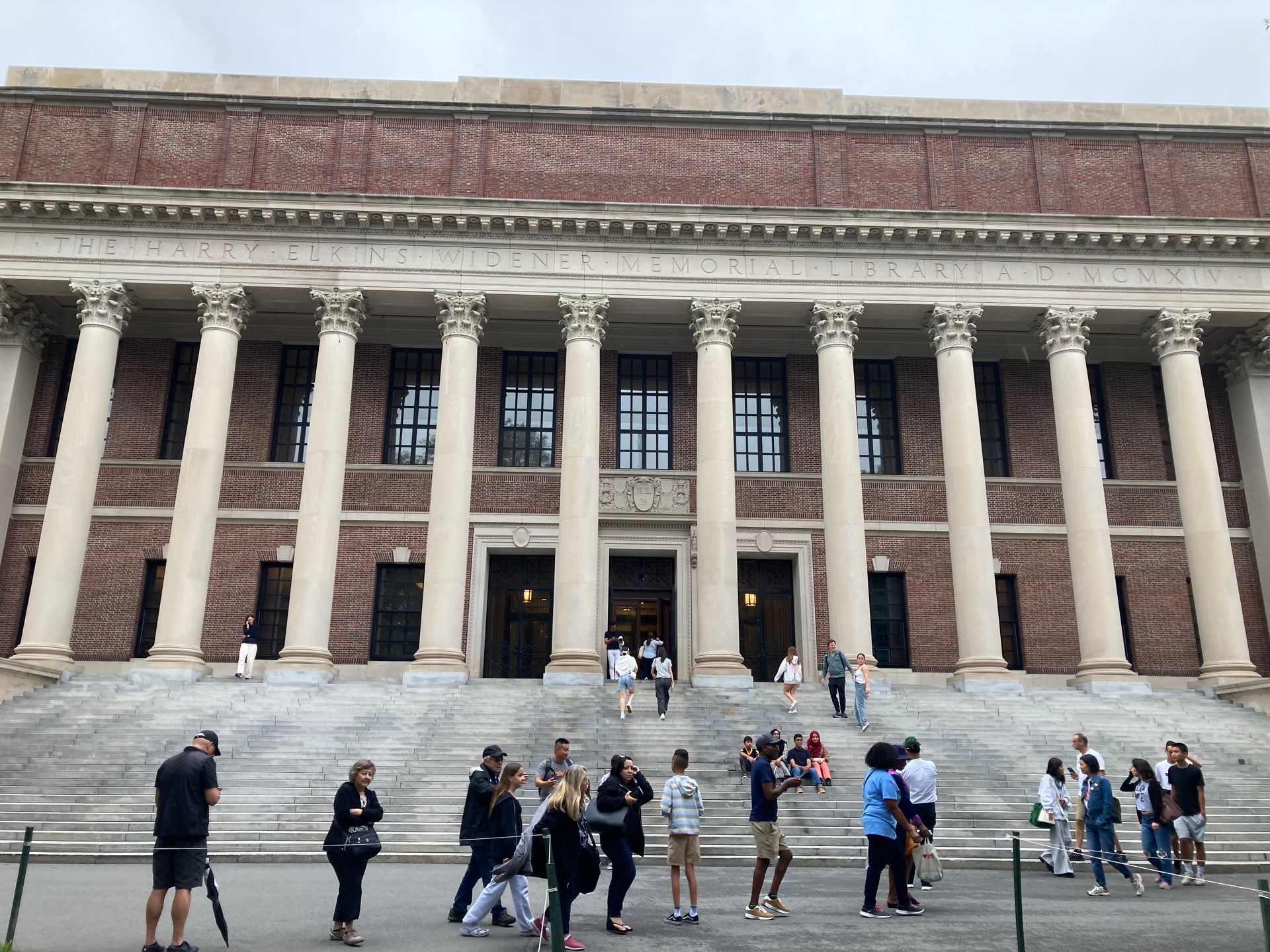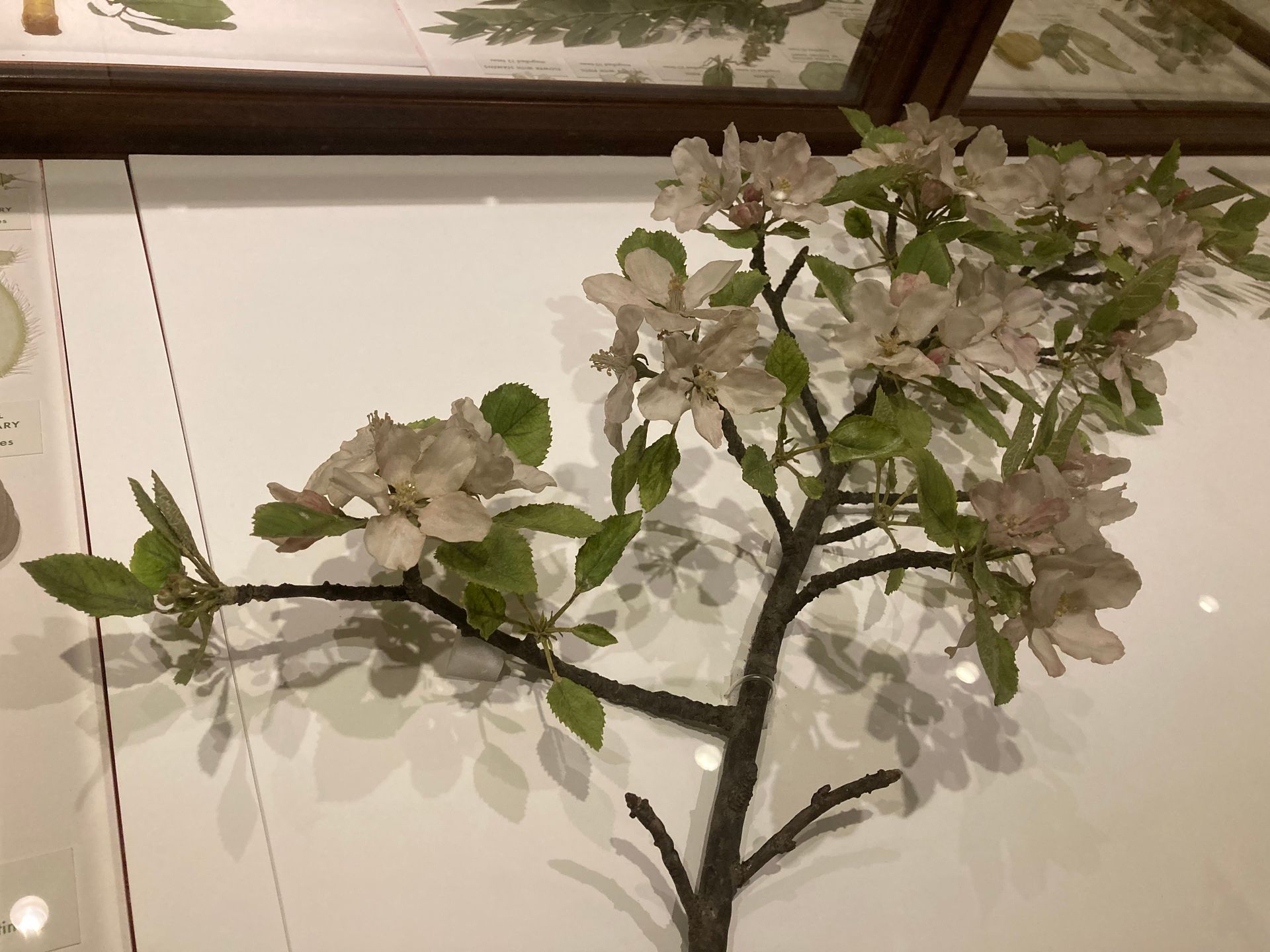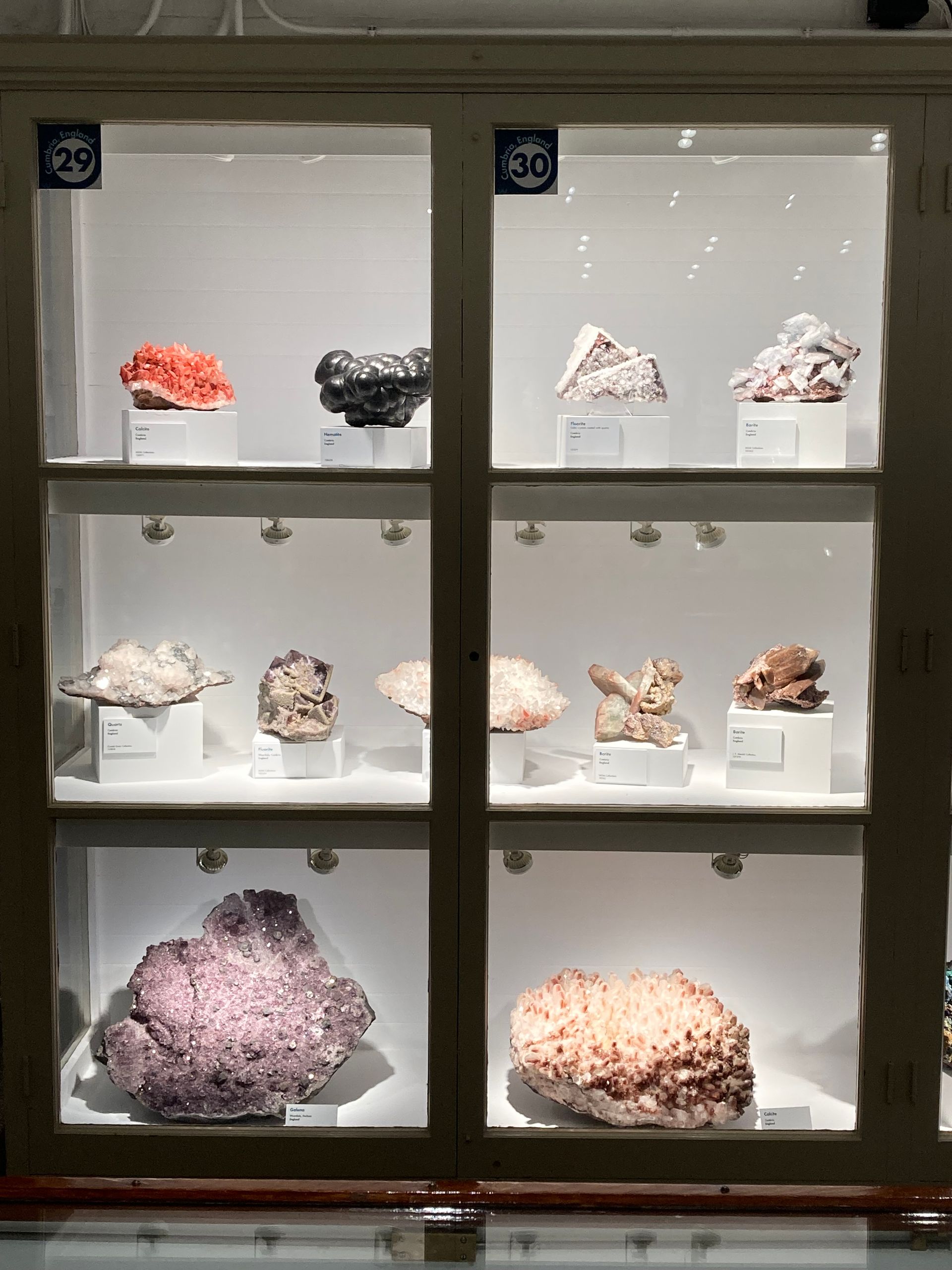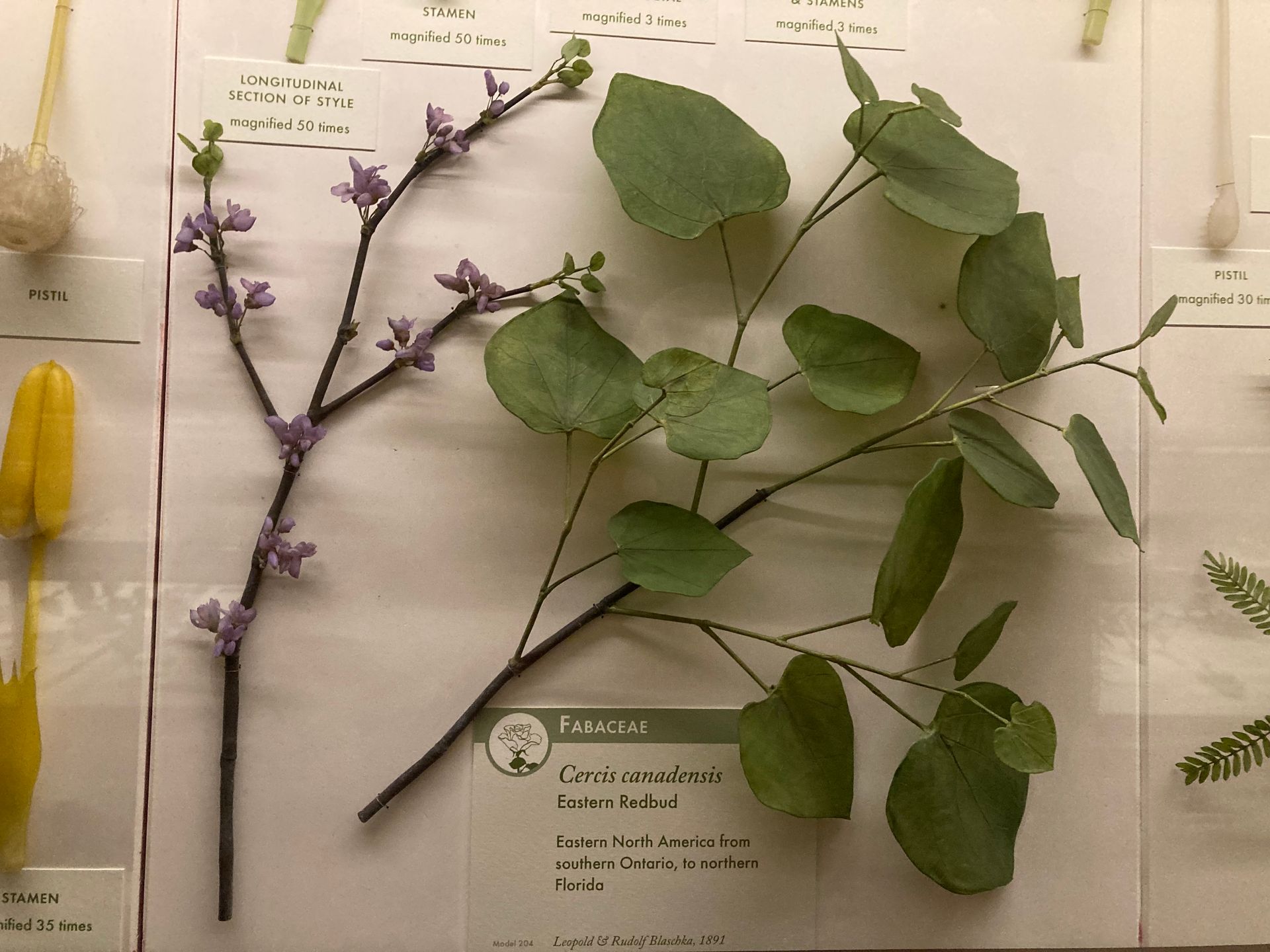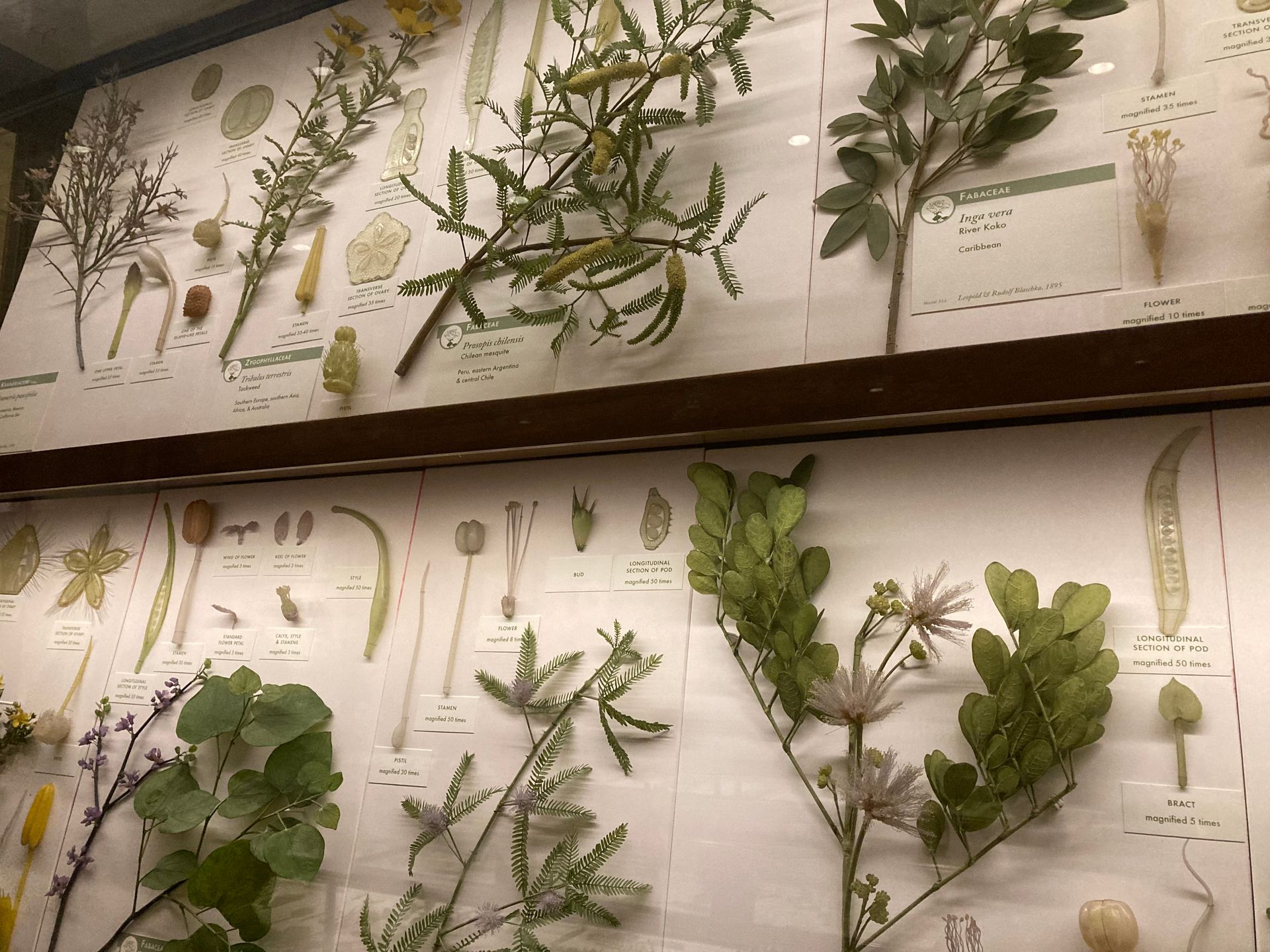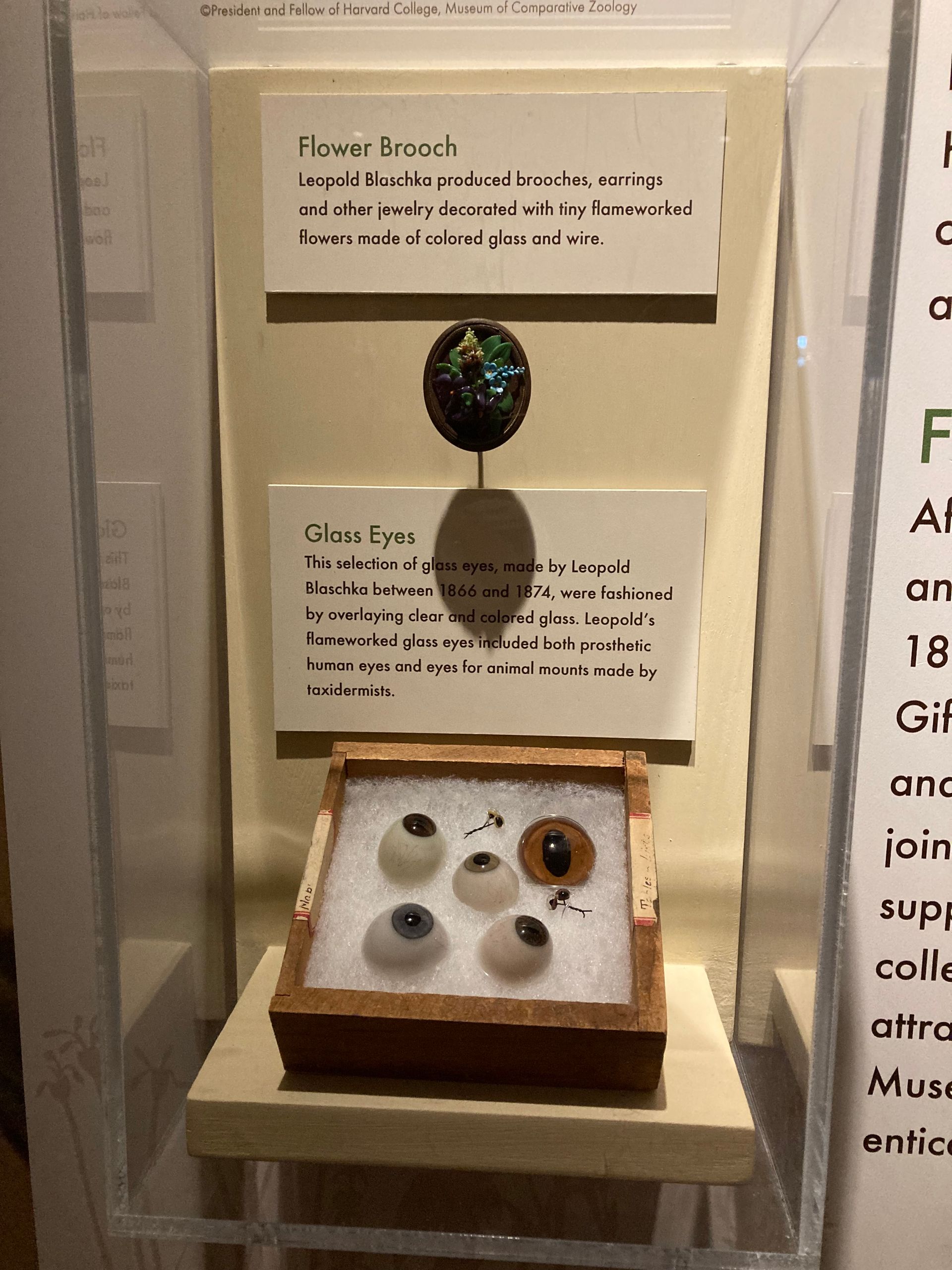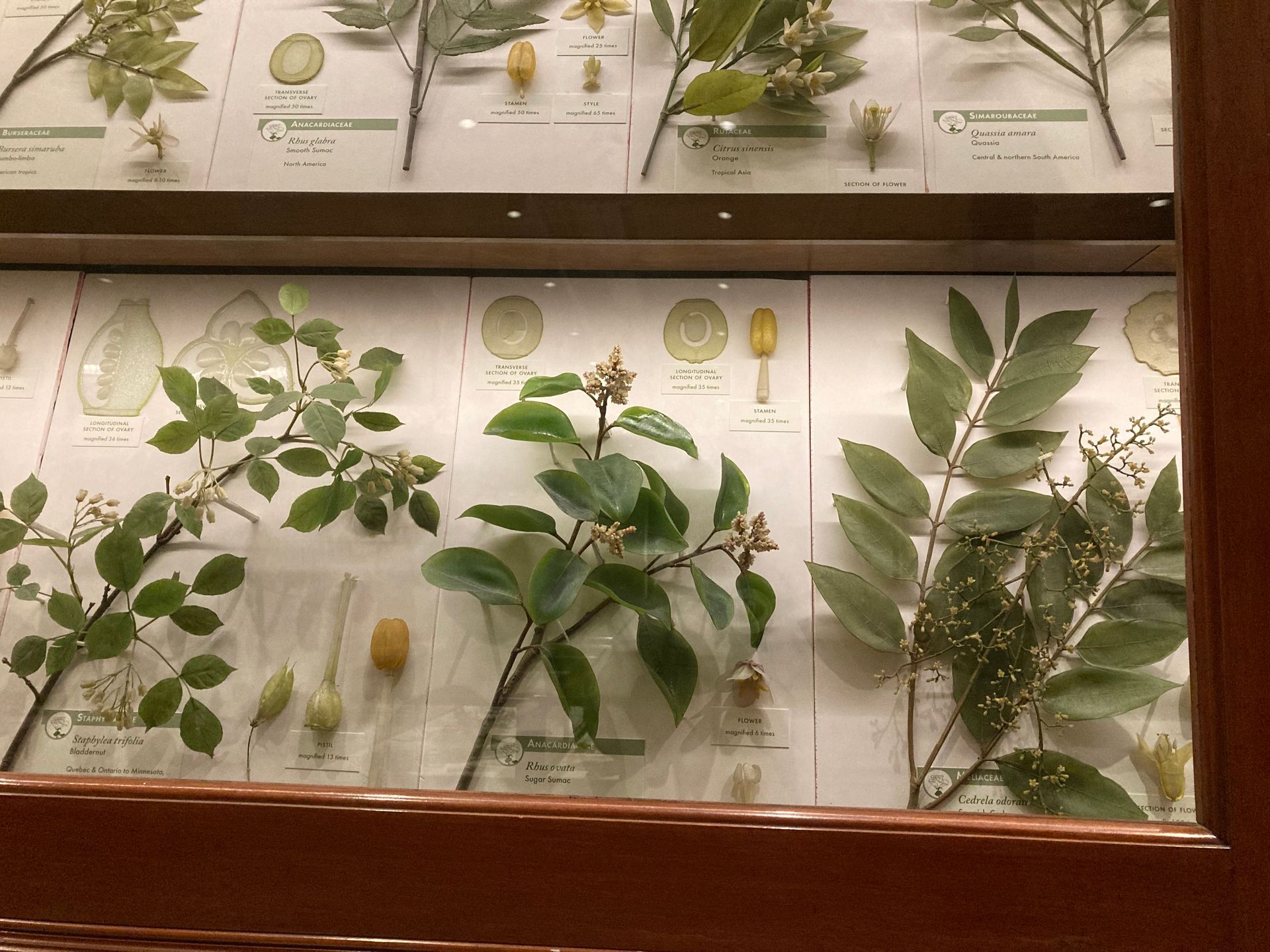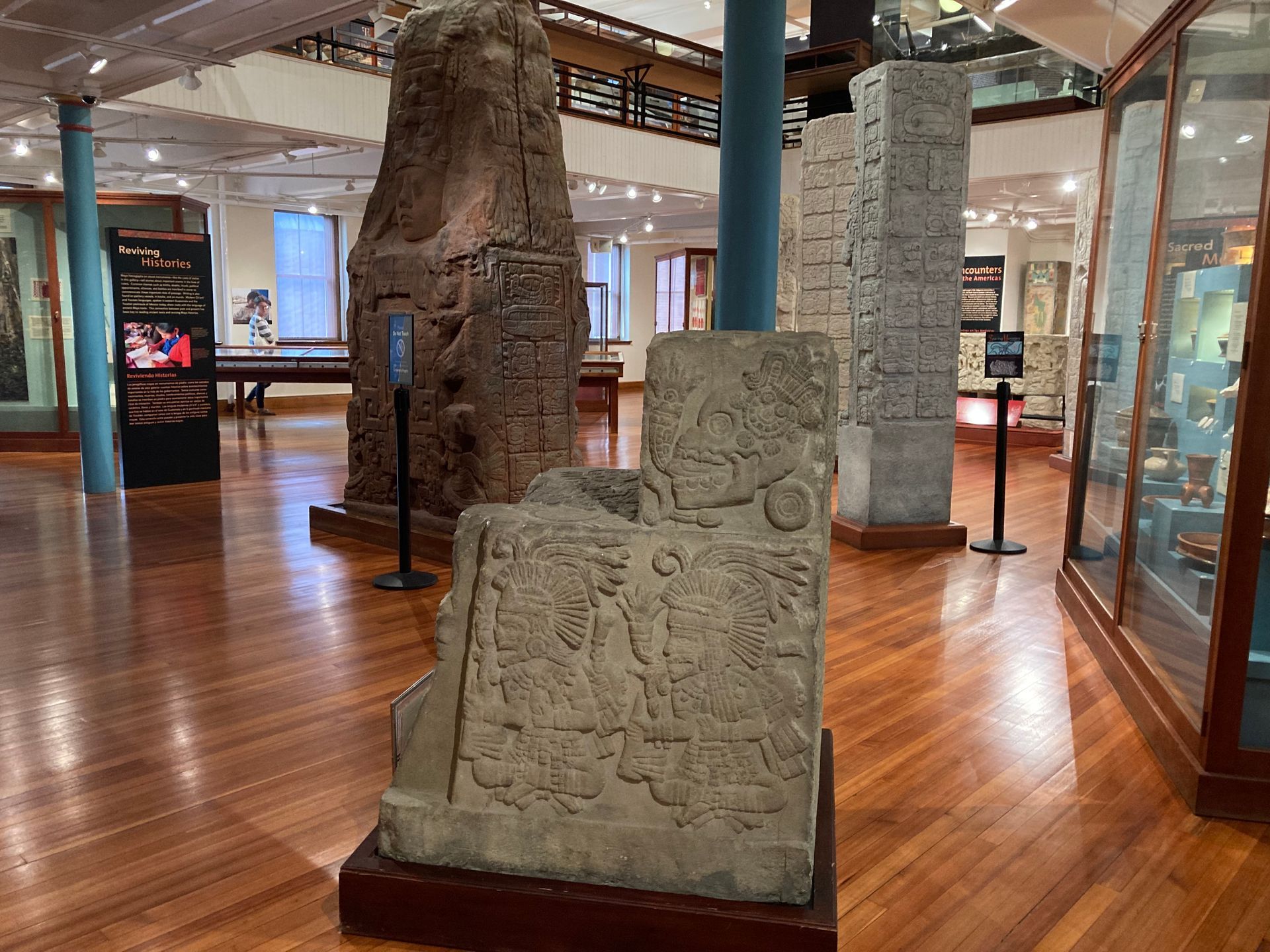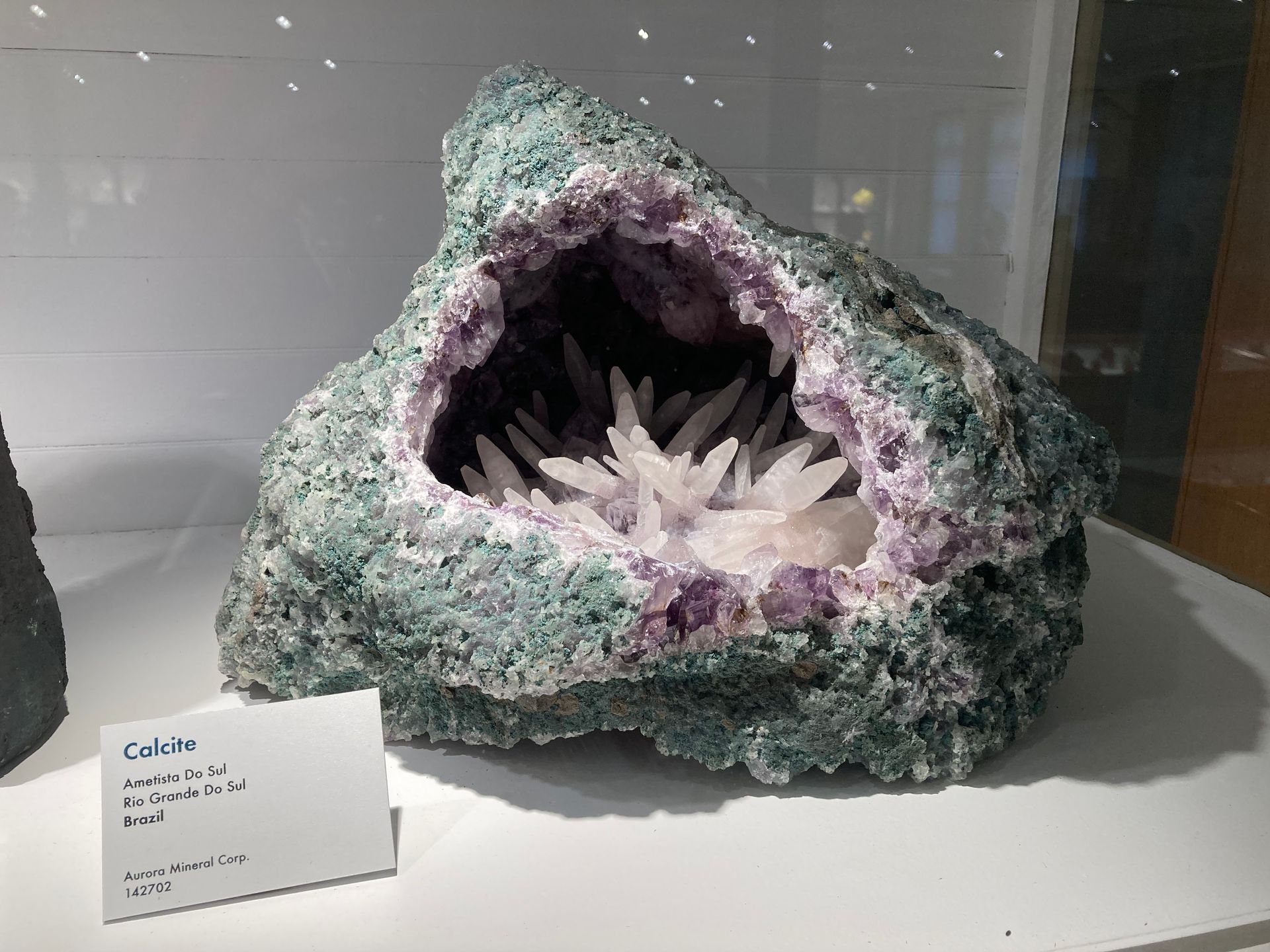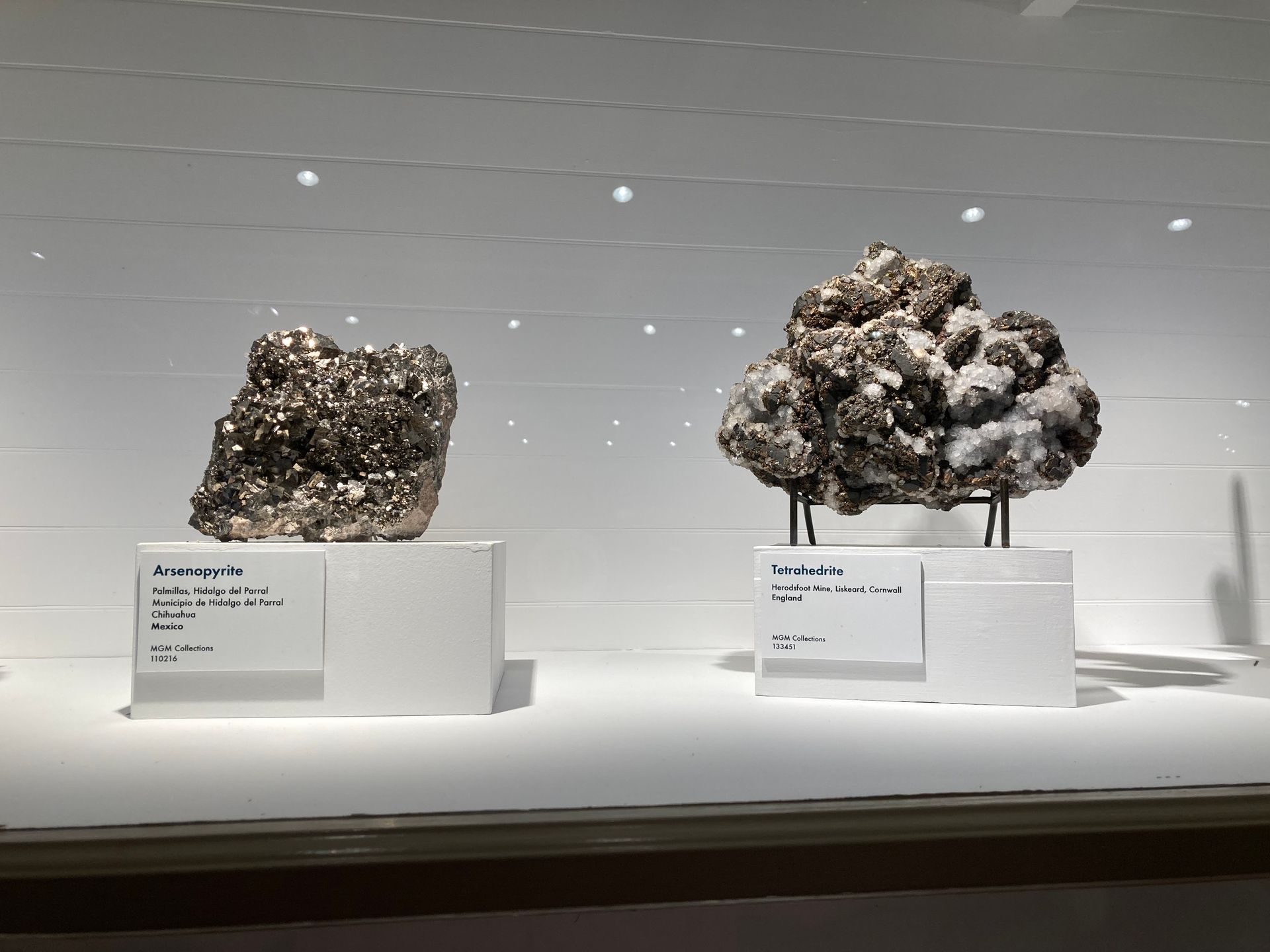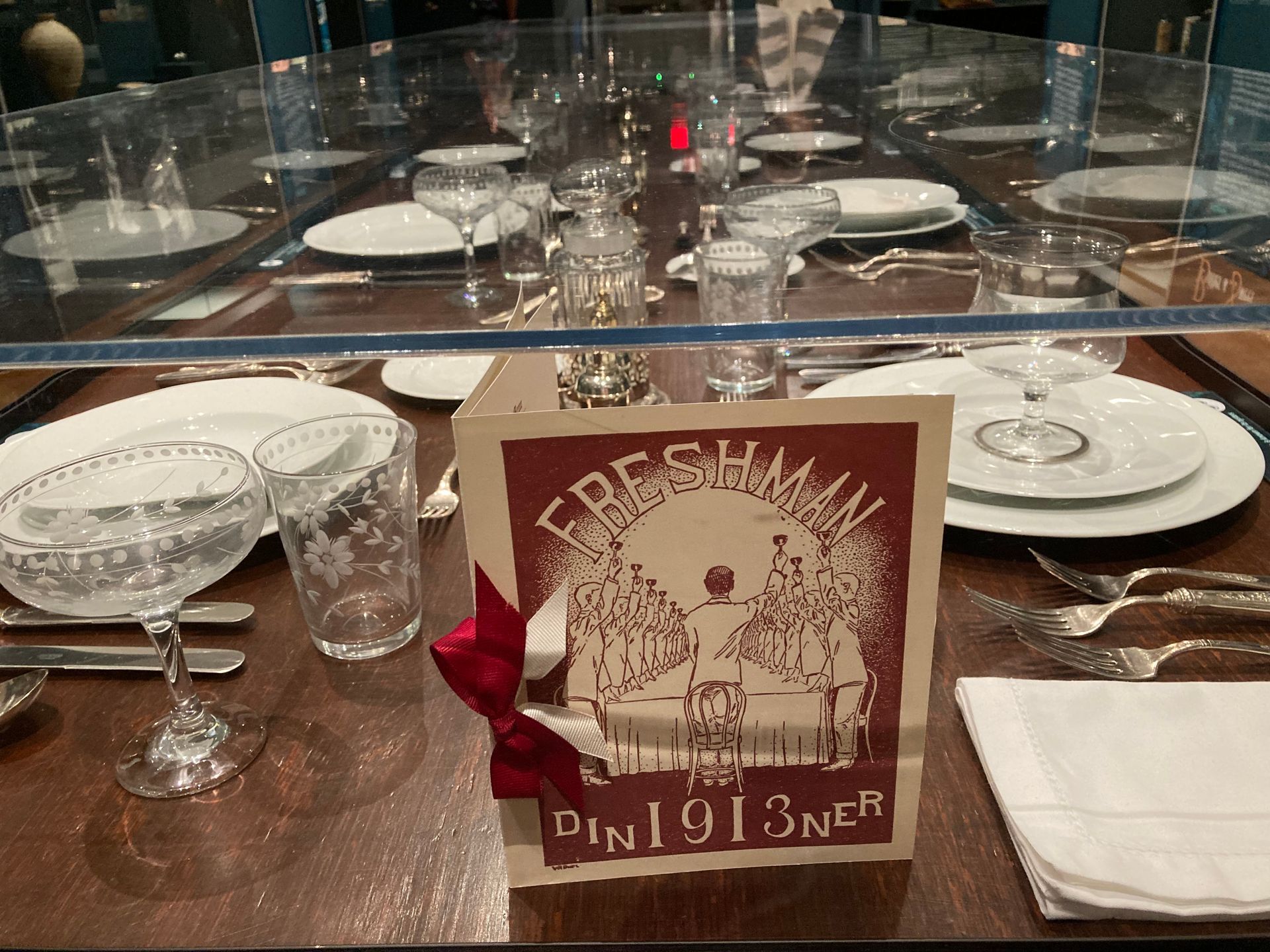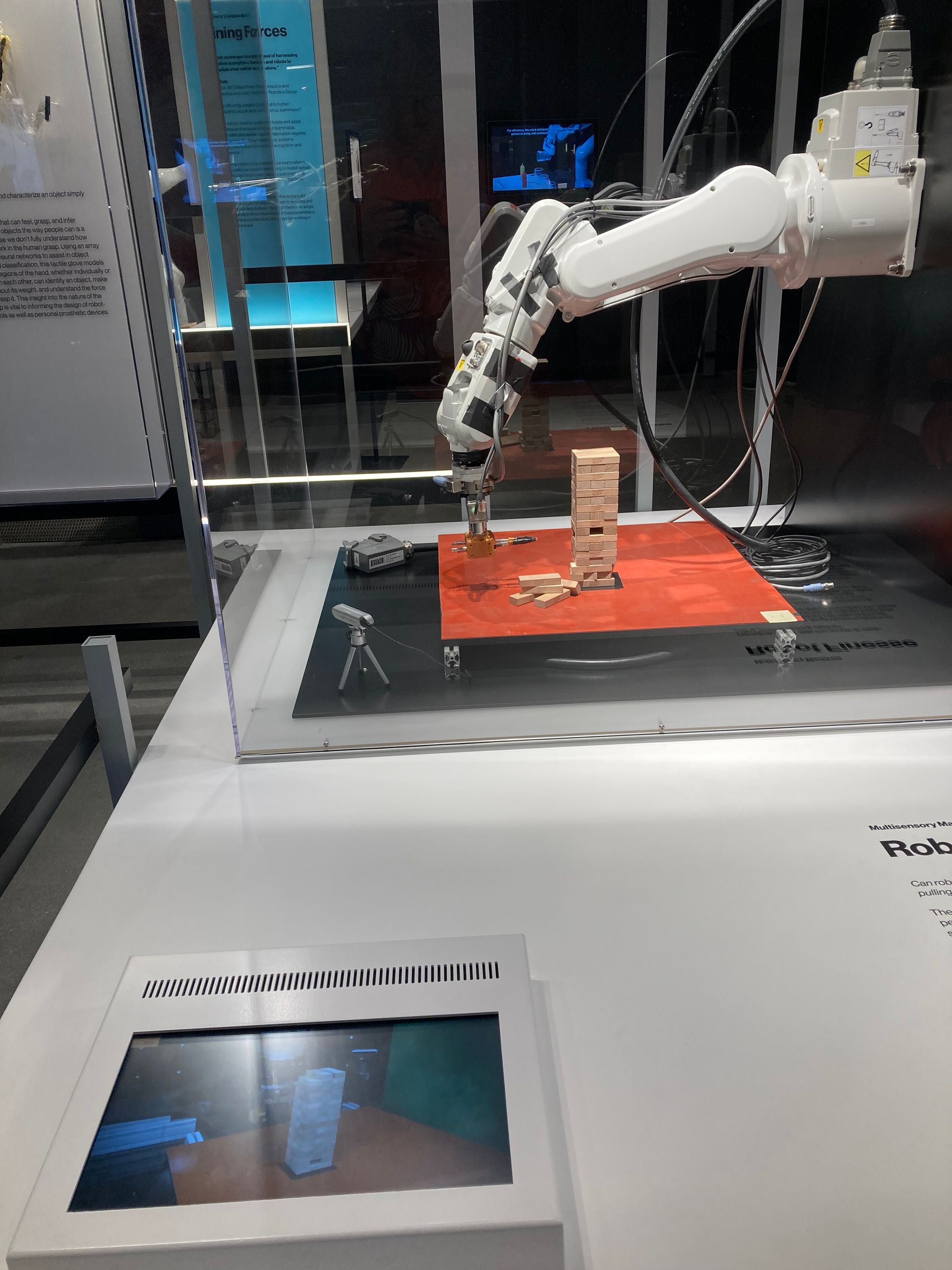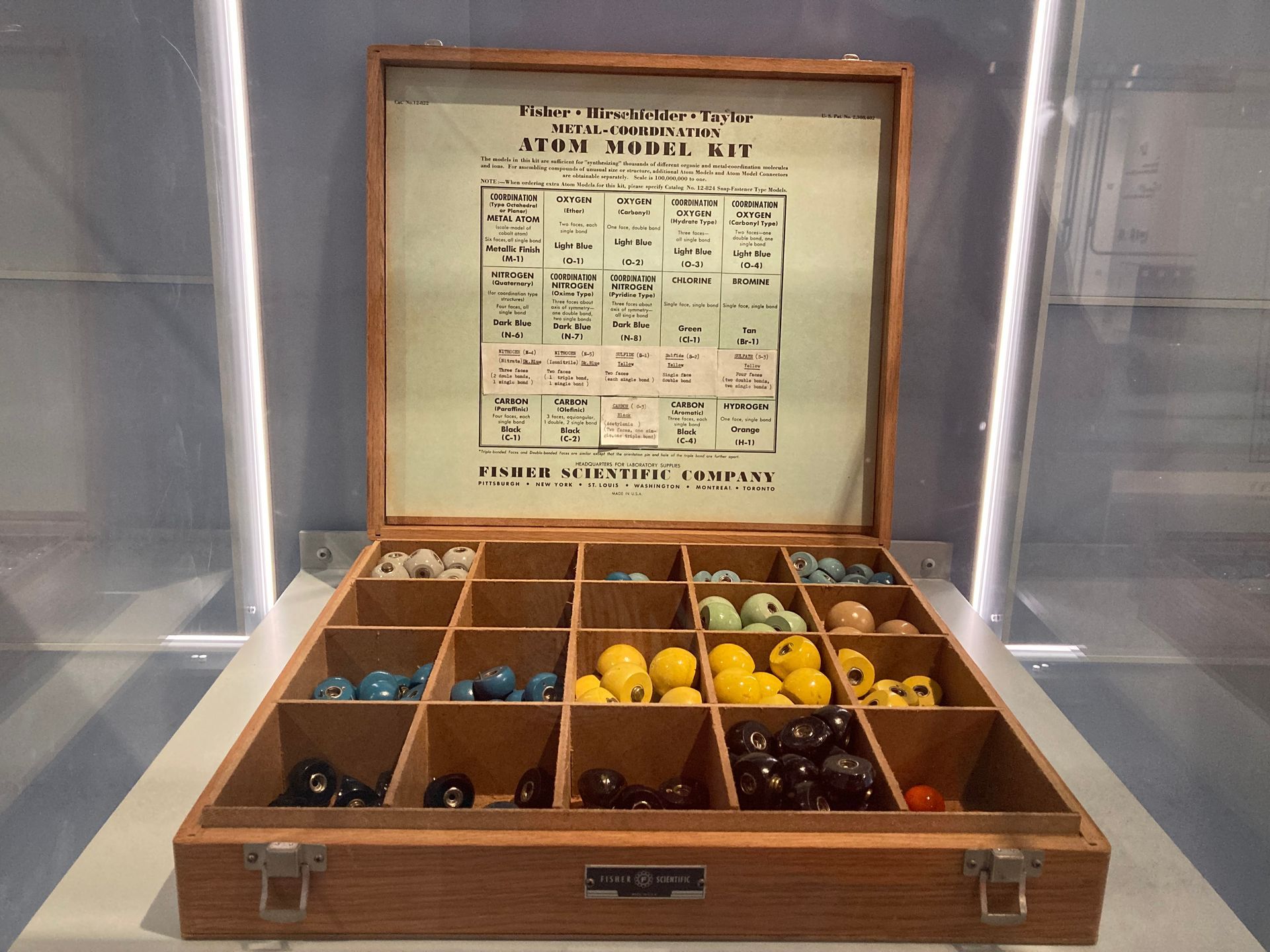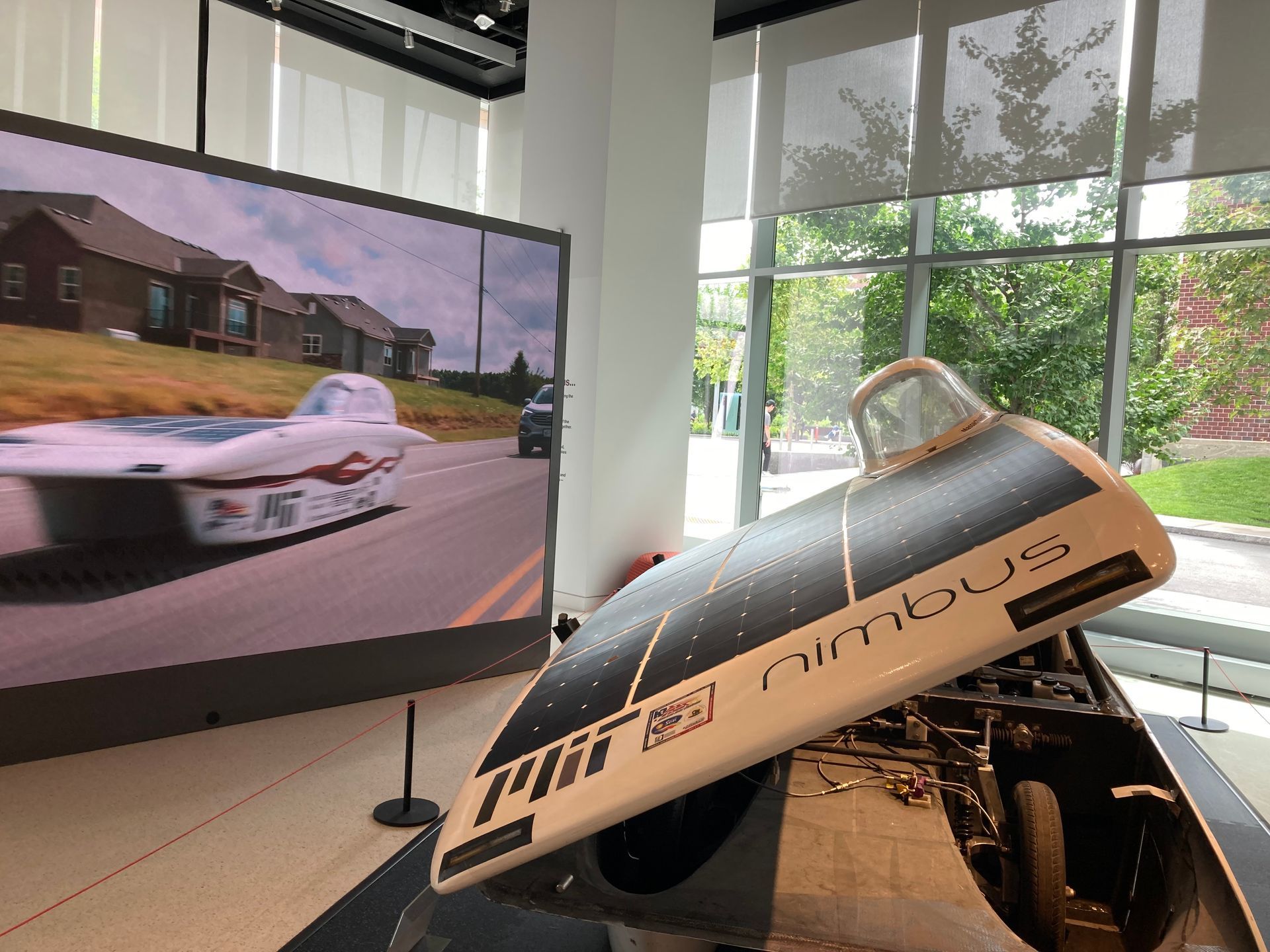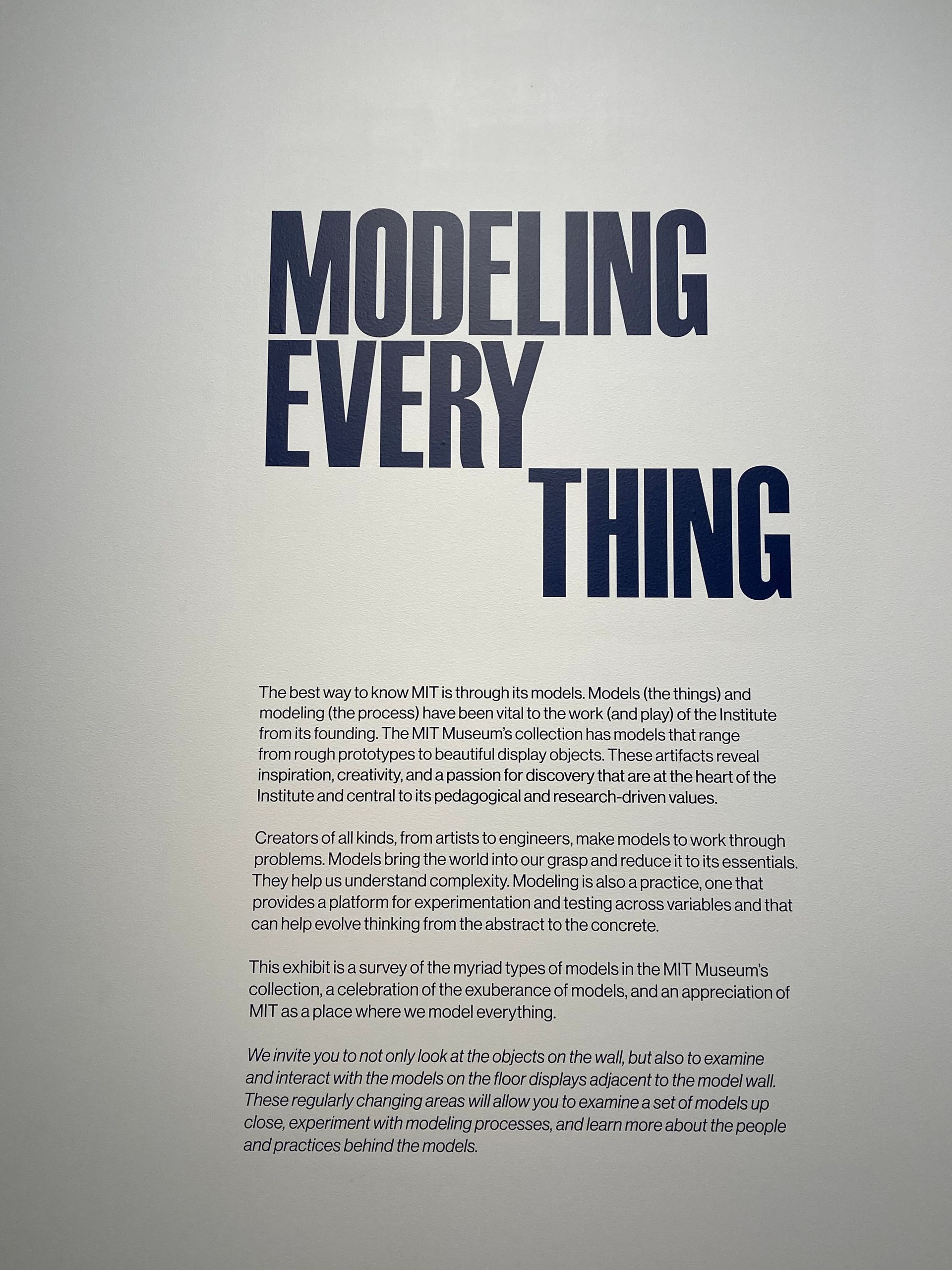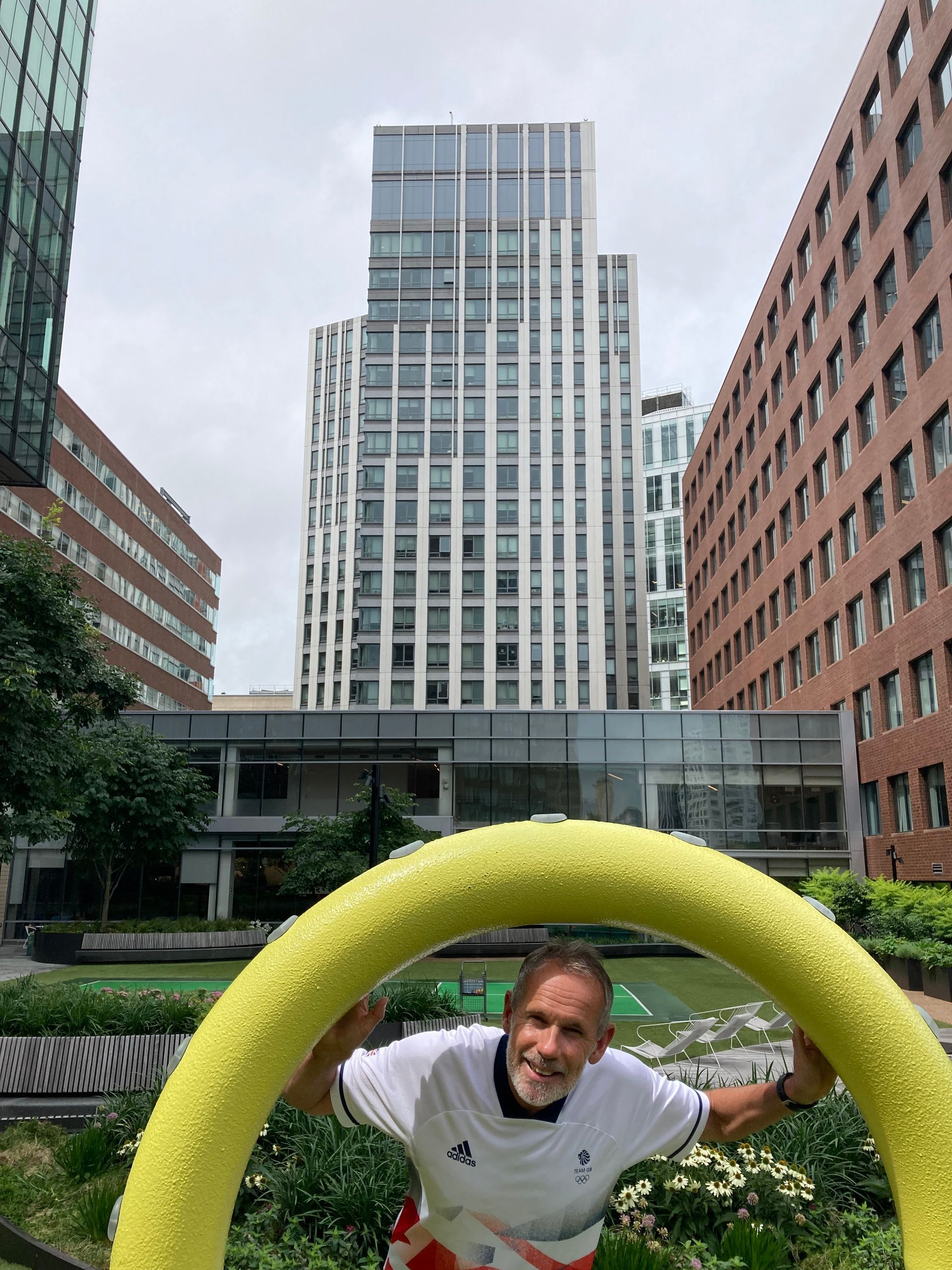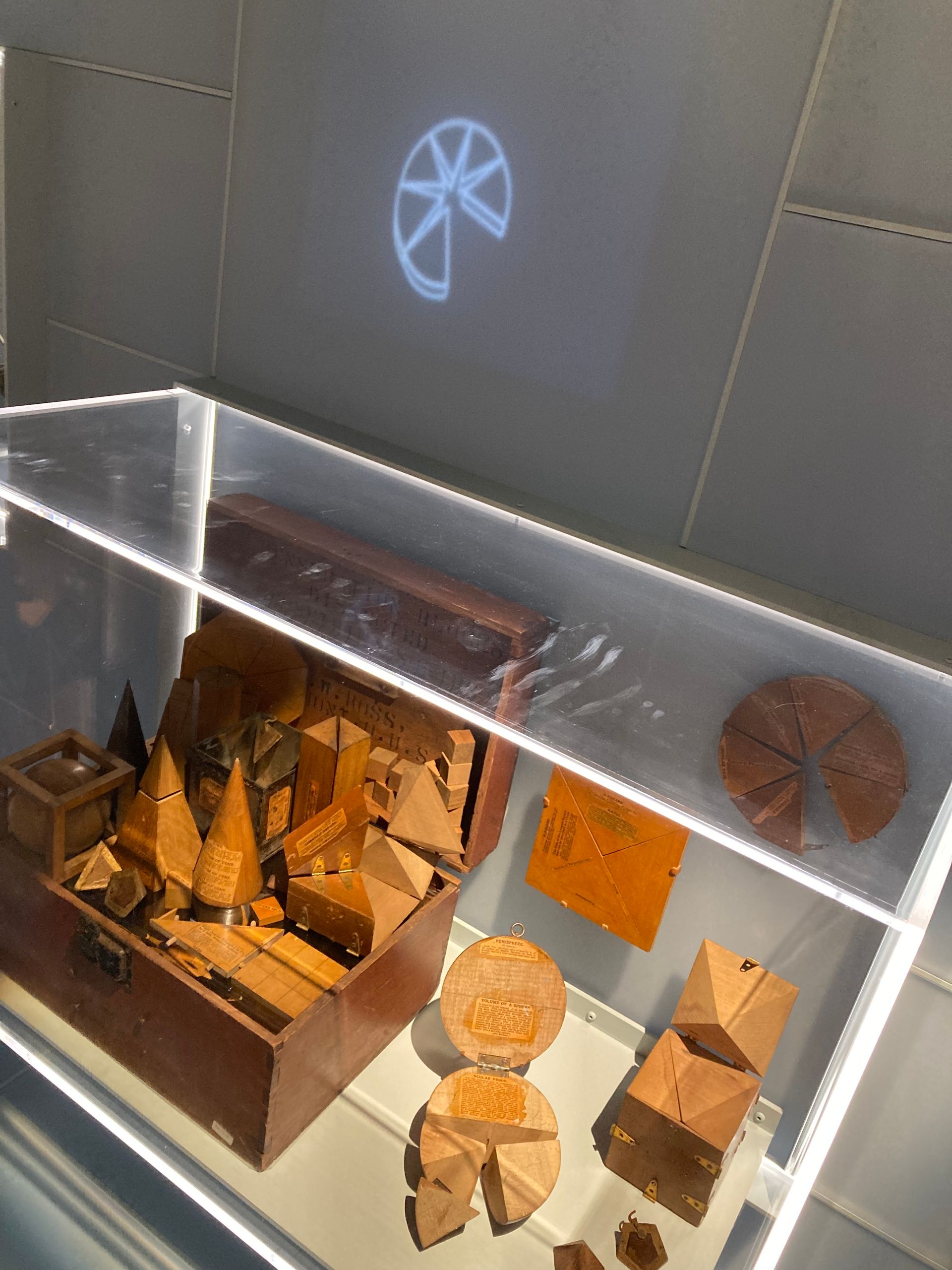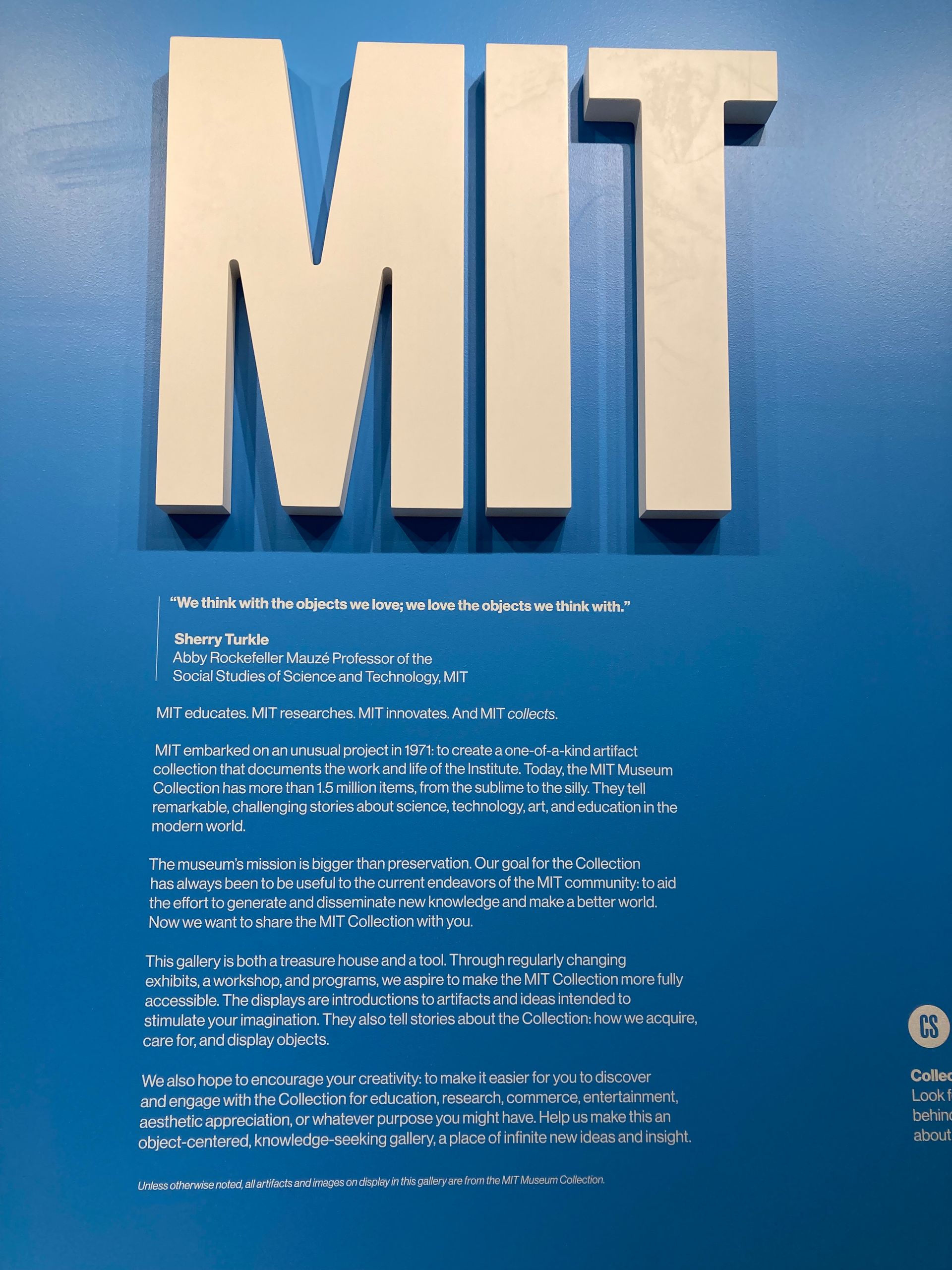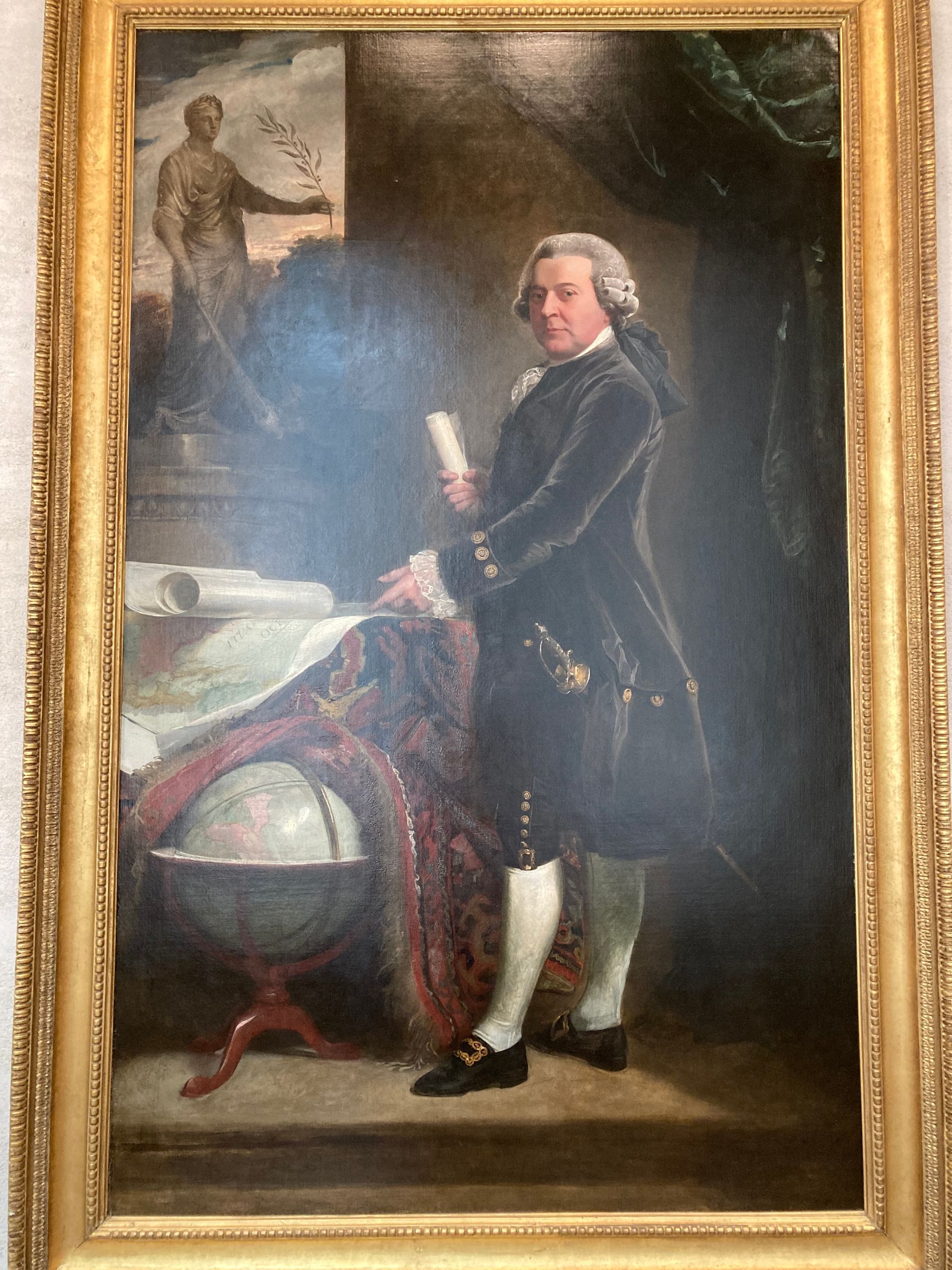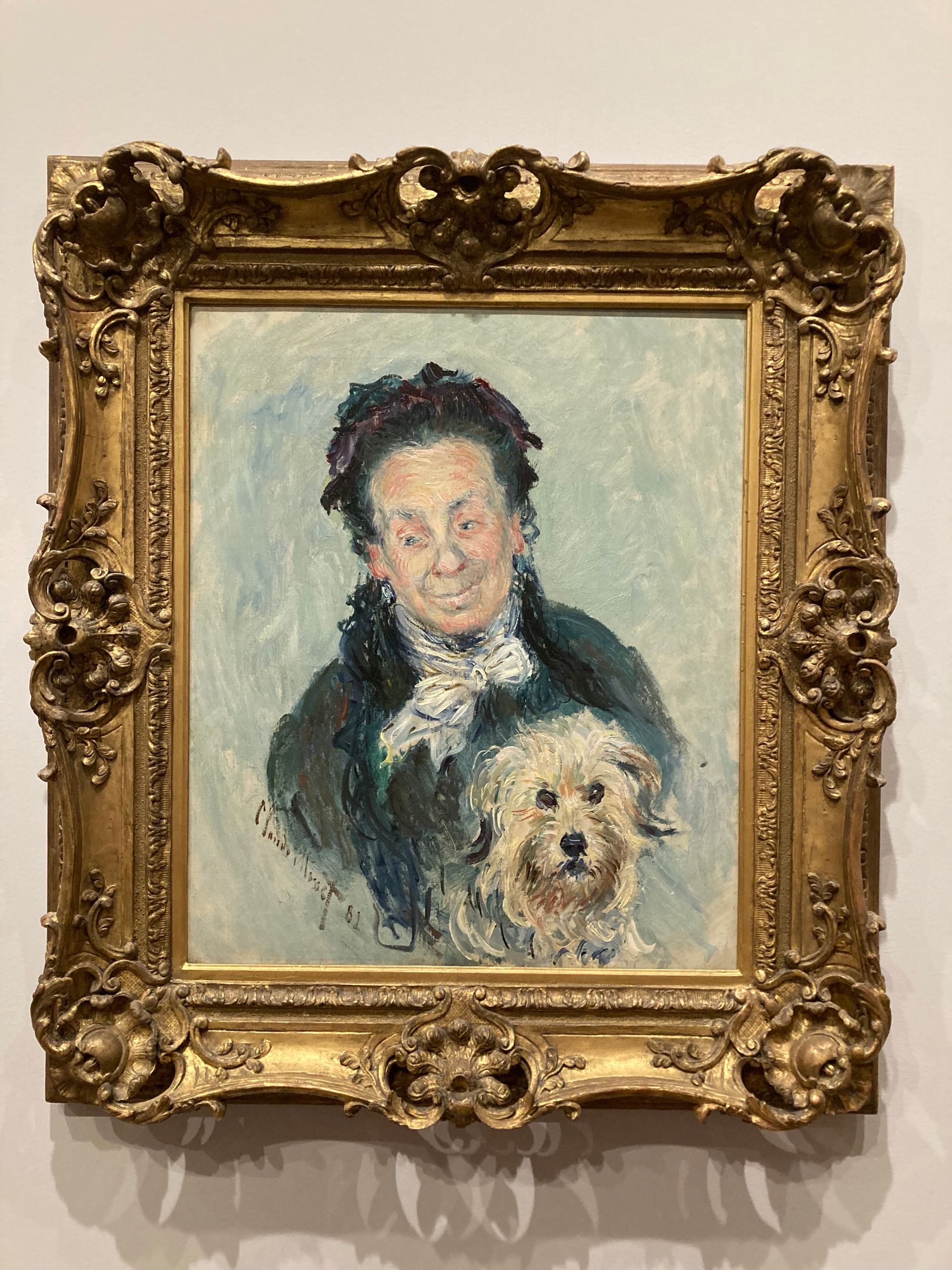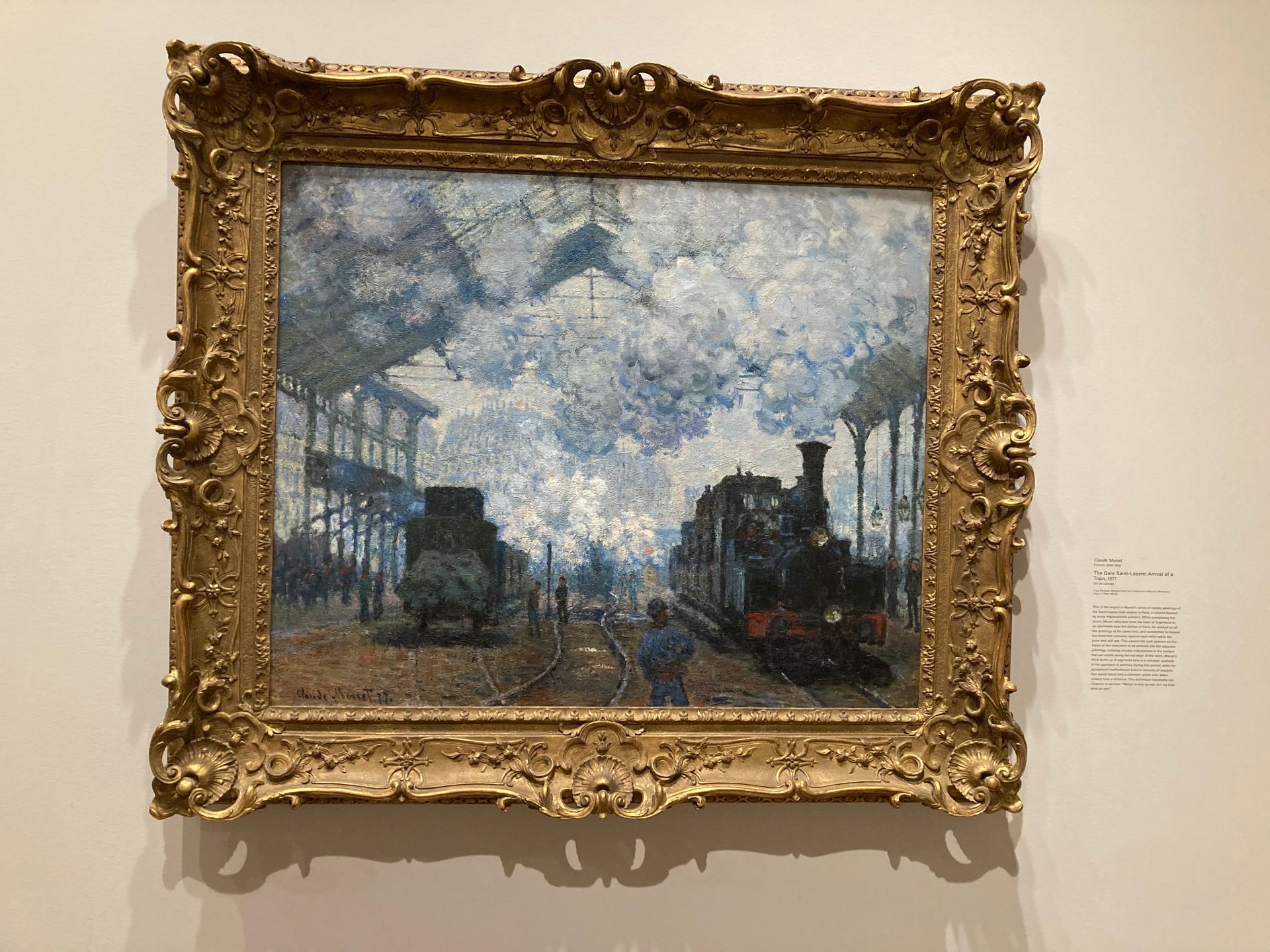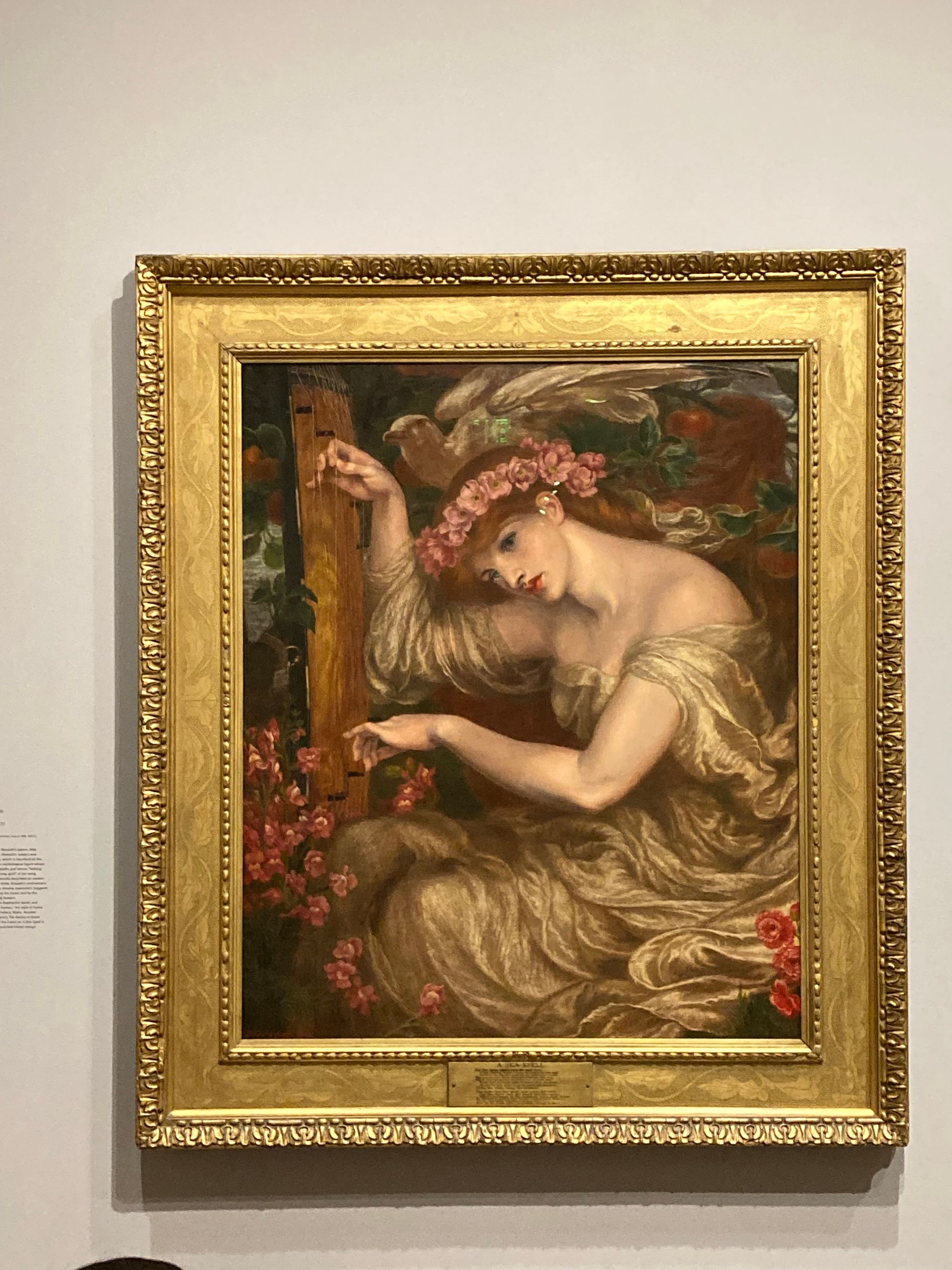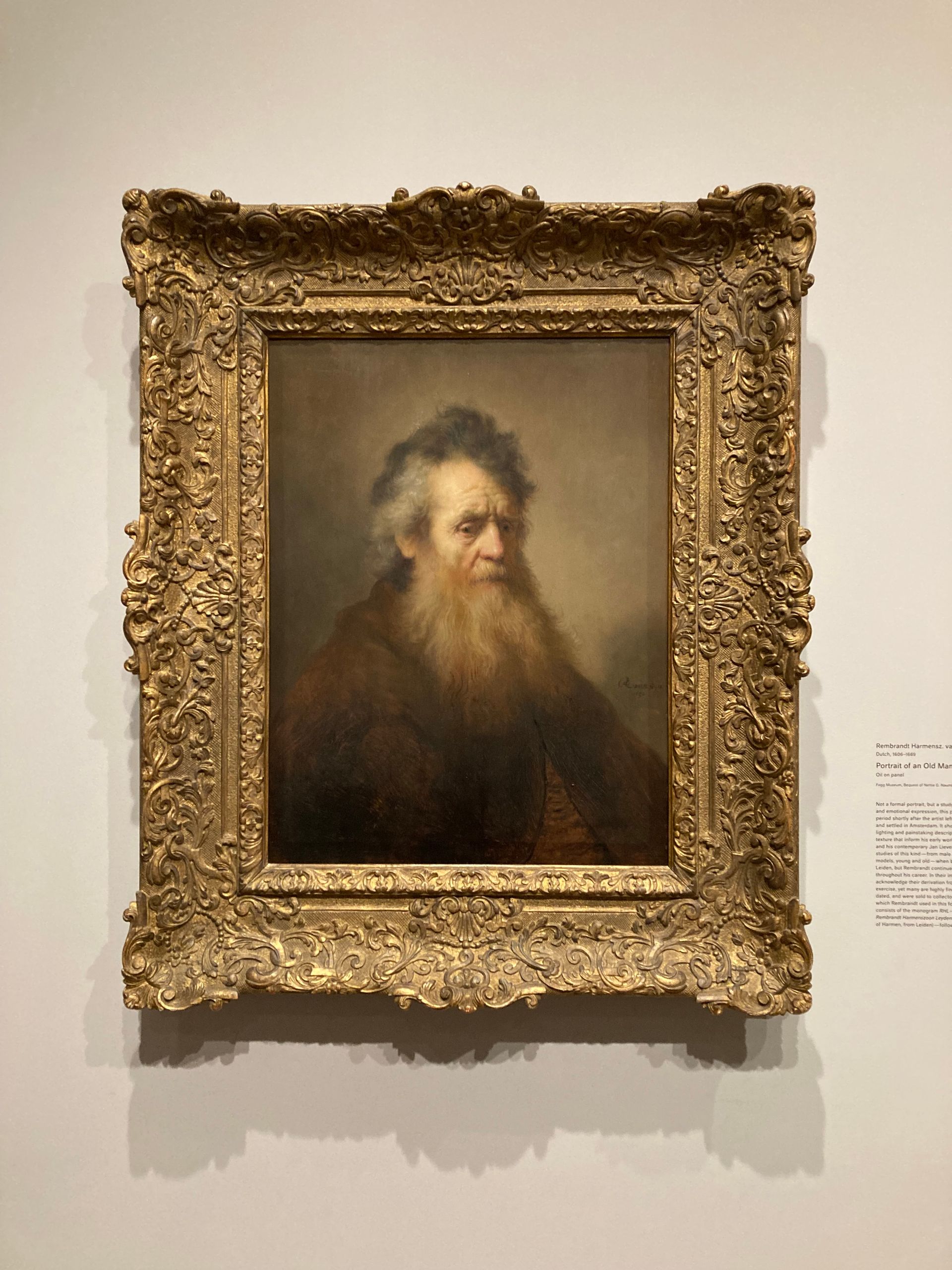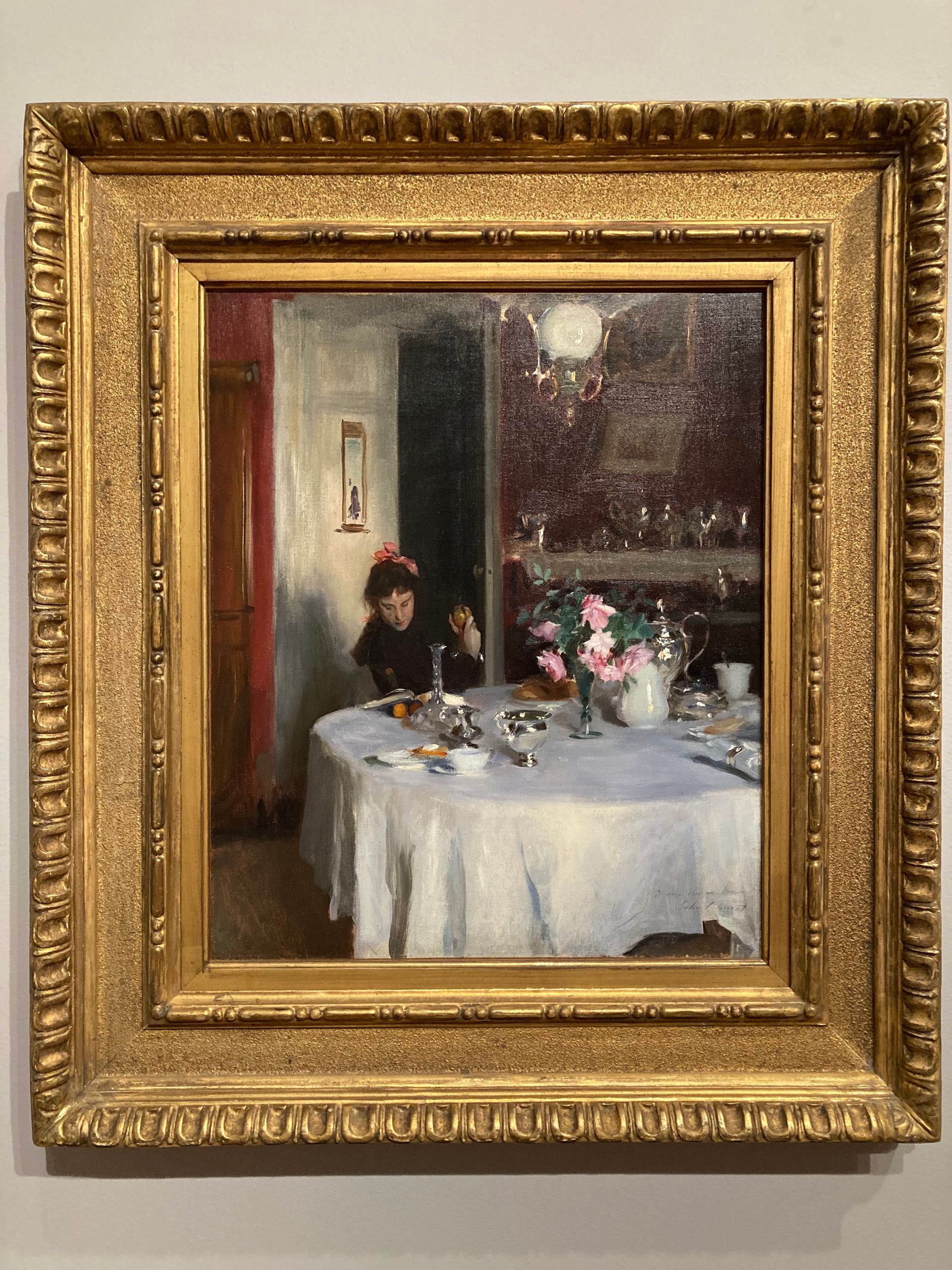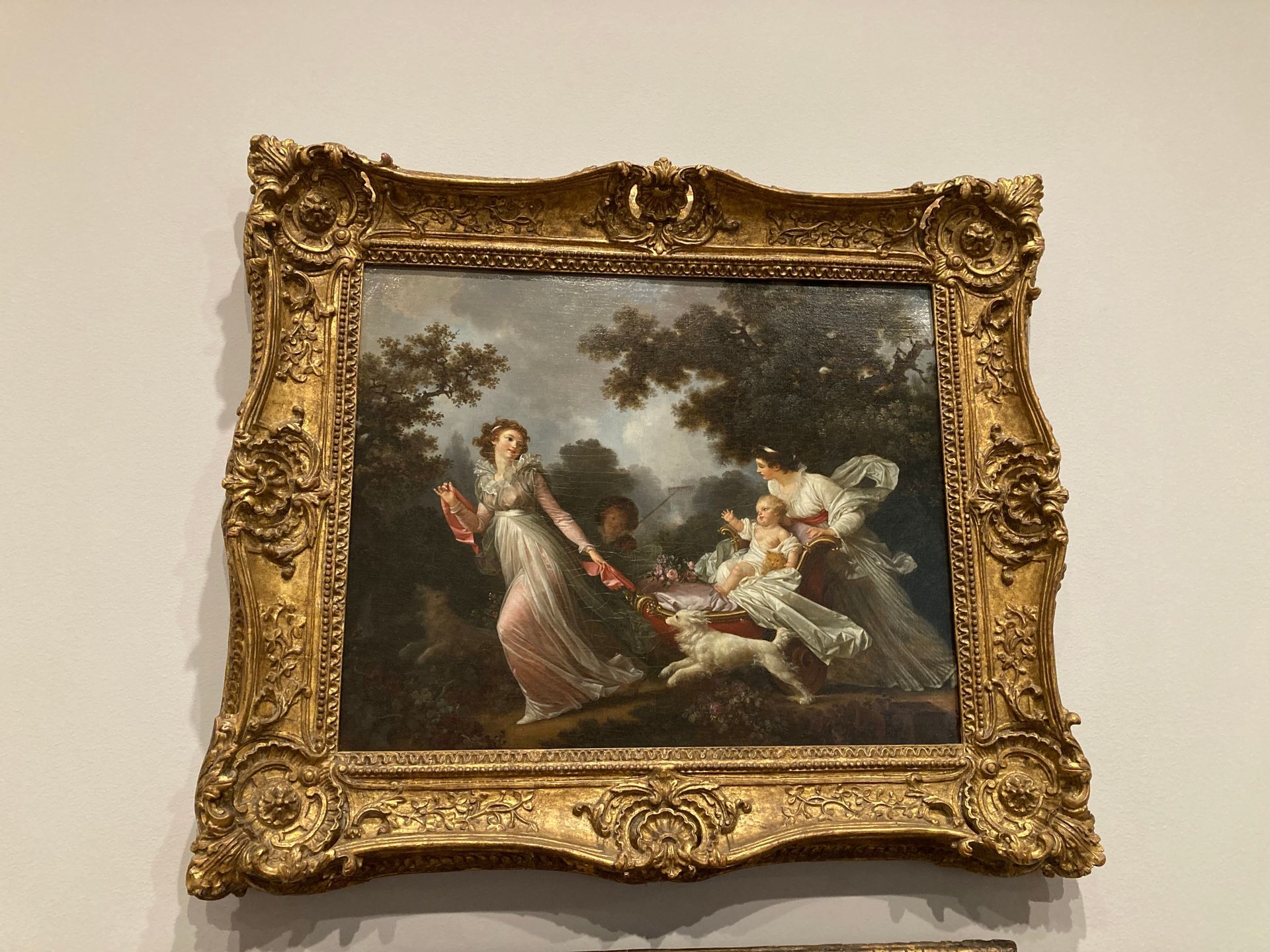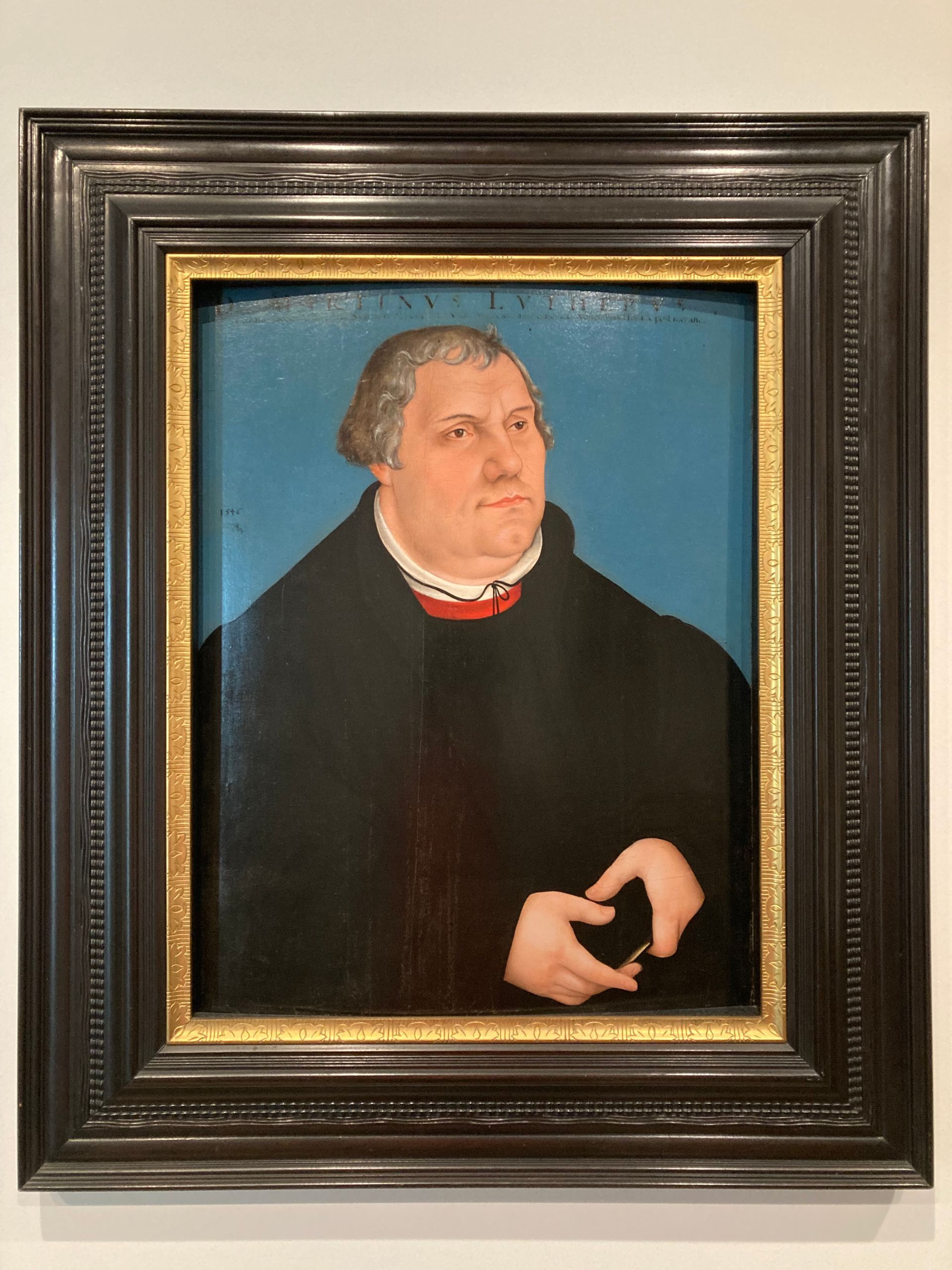- HOME
- Cultural Explorer Itineraries
- Cultural Explorer Travel
- Cultural Explorer Books
- Cultural Explorer Art
- Cultural Explorer Auction Houses
- Travel, Culture and Books - Blog
- More
- England
- Europe
- United States
- Spain
- Denmark
- Germany
- England - Yorkshire
- England - London
- England - Durham
- England - Liverpool
- England - Stratford upon Avon
- Spain - Cadiz, Jerez, Madrid
- Spain - Barcelona
- Spain - Sevilla
- Spain - Malaga and Ronda
- France - Paris
- Boston and New Haven Logisitics - Itinerary, travel, accommodation
- Boston Freedom Trail, Tea Party and Cheers
- New Haven and Yale University
- Hartford - Mark Twain's House
- Boston Art Museums - MOFA and Isabella Stewart Gardner
- Harvard and MIT Museums
- Cultural Explorer Travel - Top 10 Museums in London
- Cultural Explorer Travel - Top 10 Museums Yorkshire
- Cultural Explorer Art - Top 10 Art Galleries in London
- Cultural Explorer Art - Top 10 Controversial Paintings
- Cultural Explorer Art - The Life of the Mona Lisa
- Cultural Explorer Art - The Bowes Museum - Norman Cornish and LS Lowry
- Cultural Explorer Art - Top 10 Art Galleries in Yorkshire
- Cultural Explorer Books - Top 15 Books about Art
- Cultural Explorer Books - From a North East American Trip
- Cultural Explorer Books - Top 10 Books about Spain
- Cultural Explorer Books - Top 10 Latin American Books
- Cultural Explorer Books - Top 10 Greek Myths Books
- Cultural Explorer Books - Top 15 United States Contemporary Fiction Books
- Cultural Explorer Books - Top 10 Non-Fiction about the US
- Cultural Explorer Books - Top 10 Japan Books
- Cultural Explorer - Top 10 Books about Humans
- Cultural Explorer Auction House - Sotheby's
- Cultural Explorer Auction House - Christies
- Cultural Explorer Auction House - Bonhams
- Cultural Explorer Auction House - Phillips
- ads.txt
- Terms and Conditions

Harvard Tour, Museums and the MIT Museum
Harvard University Tour
A Harvard student delivered our Harvard Tour and told us some great stories about the history of Harvard, the buildings, famous people who lived in the houses, the library and the Titanic.
He said the University's approach to learning is ‘Something about everything and something very well.’
He showed us the building of the Lampoon Comedy comedy club and told us about the pranks they played against the Crimson club.
We also saw the John Harvard statue, that probably looks nothing like John Harvard but he does have a shiny, lucky foot.
We also heard about the Harvard primal scream, a tradition at
Harvard University that forms part of the
streaking at educational institutions. At midnight on the last night of reading period and before
final exams begin, students
streak through the
Old Yard.
The university was founded in 1636, but probably not by John Harvard.
Women only received the same degree certificate as the men from 1999.
It’s a fun tour, and students are encouraged to use a script, we know this as we heard another tour guide a couple of days later.
Harvard Museum of Natural History and The Peabody Museum at Harvard
https://www.hmnh.harvard.edu/
https://peabody.harvard.edu/
The Harvard Museum of Natural History and the Peabody Museum of Archaeology and Ethnology are two renowned institutions, located adjacent to each other in Cambridge, Massachusetts, creating a seamless cultural and educational experience for visitors. The Harvard Museum of Natural History showcases a wide range of exhibits on the natural world, including its famous Glass Flowers collection and extensive displays of minerals, fossils, and animal specimens. Just steps away, the Peabody Museum offers an in-depth look at human history, with a focus on archaeology and anthropology, featuring artifacts from ancient civilizations, Native American cultures, and indigenous communities worldwide. Together, these museums provide a rich exploration of both natural and human history.
We Started with the famous Glass Flowers exhibit, showcasing intricate glass models of plants.
This unique collection was made by Leopold (1822-1895) and Rudolf Blaschka (1857-1939), a father and son team of Czech glass artists. Over fifty years, from 1886 through 1936, they are beautifully presented.
Every part of the plant made out of glass, even magnified parts of the flowers, are made in glass. The glass leaves of plants are particularly amazing, I had to ask if it was true.
Then we moved on to the Mineral, Rock, and Meteorite collection to see the stunning gems and geological specimens.
Then went through to the Peabody Museum, which is part of the same building:
- We began with the Mesoamerican Collection, featuring artifacts from ancient civilizations like the Maya and Aztec.
- Then we explored the Native American Gallery to learn about the diverse cultures and histories of indigenous peoples.
We needed much more time here, but they are both excellent museums, with amazing collections.
MIT Museum
https://mitmuseum.mit.edu/
My MIT Top 5 are:
1) They had a thought provoking exhibitions about
AI, with hands-on activities, including 'Can you tell the difference between a fake or real person in a video? How AI can be used?'. Plus, Nixon speaking about the moon landing - fake or real?
2) A robot that through AI learning, can successfully play Jenga.
3) A range of moving mechanical objects, that start to move as you step up to them.
3) Genes - A film about the genetics of pigs
4) Modelling - a large wall full of models for purposes such as understanding atoms and shapes.
There is a good quality cafe inside MIT building, called 'Ripple,' that was popular with local workers, there is also a Clover cafe opposite, and you can visit for free the roof top garden above the Google offices.
Harvard Art Museum
https://harvardartmuseums.org/
We visited the Harvard Art Museum on our last day, when we were flying home that evening. We both thought it was a fantastic museum, for a number of reasons. It was free, this always helps. The art is presented in chronological order, which is something I particularly like, as it helps to demonstrate the development of art over time.
The art and objects are very well presented with interesting, informed labels. It was pleasantly busy, with a friendly family feel.
Something we enjoy is a great cafe, which there is and it is reasonably priced.
The museum is well located within the Harvard University grounds, and close to the Harvard Square red line station.
It also has an excellent range of paintings, of exceptional quality.
These were my personal favourites:
1) John Adams 1783 by John Singleton Copley - This portrait was painted in London and commemorates Adams' role in securing American independence. Copley had planned to publicly display this in London, but it proved too celebratory for British audiences, upset about their loss to the colonists.
2) Self-Portrait by Vincent Van Gogh 1888 - This painting Van Gogh sent to his friend, Paul Gauguin, however, their friendship deteriorated and Gauguin sold it for three hundred francs.
3) Martin Luther 1546 by Lucas Cranach - Cranach and Luther were very close friends, Luther was godfather to Cranach's daughter. This is a painting of historical significance.
4) Our Lady of Bethlehem 18th Century - Traditional Peruvian painting. This large painting is based on the sculpture that is paraded through the streets of Cuzco on the feast of Corpus Christi.
5) The Beloved Child by Fragonard - This is typical of his rococo style paintings, playful and fun. The fashionably dressed women are playing with the baby, who has a ginger cat sat cuddled up to him, and an excited dog running alongside. At the back is a small boy, but it does not look like he is part of the play.
6) The Breakfast Table by John Singer Sargent - Sargent's sister violet is peeling an orange, while reading a book at the breakfast table, with its silver coffee service set. The polished silver stands out on this painting, along with the pink roses, and the light from outside brightening the room. This demonstrates Sargent's painting skills.
7) Portrait of an Old Man by Rembrandt 1632 - It's the reality and detail of these Rembrandt paintings that I particularly love.
8) Nocturn in Blue and Silver by James Abbott McNeill Whistler - It's interesting that the subject is an industrial section of the Thames in London, it's muted blue colours and Japanese characters demonstrate the influence of Japanese artists on Whistler.
9) A Sea-Spell by Dante Gabriel Rossetti - beautiful painting of a siren, with her lute and an apple tree behind her. At the bottom of the frame is the Sea-Spell poem by Rossetti.
10) The Adoration of the Magi 1518 - such an old painting, with depth, detail, symbolism and story.

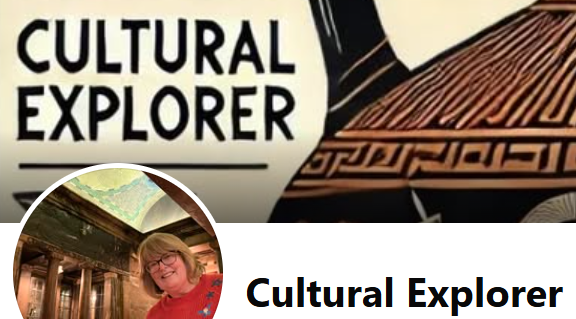

Facebook page: https://www.facebook.com/SarahCulturalExplorer
Instagram: https://www.instagram.com/sarahculturalexploreruk
My Bio: Travel opens doors to art, museums, and galleries, where stories come alive. I love books, paintings, collectors, and auctions - the treasures connecting us to history, creativity, and culture. Enjoy regular posts on my facebook page.
Email: culturalexploreruk@gmail.com
